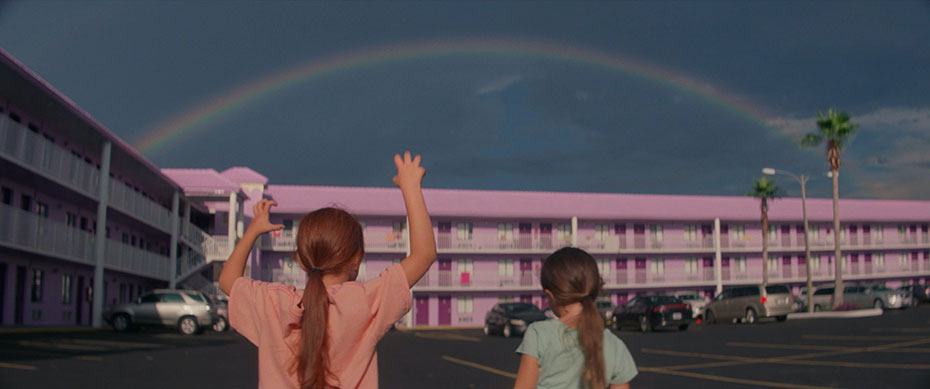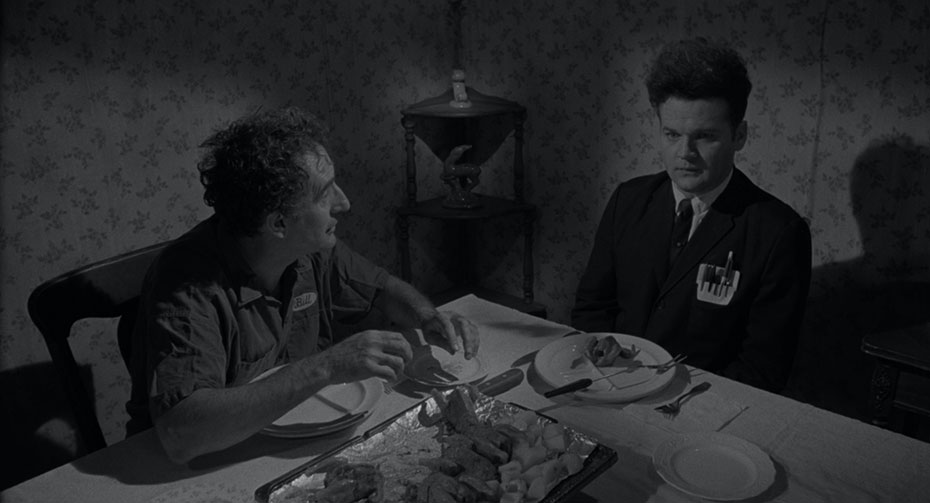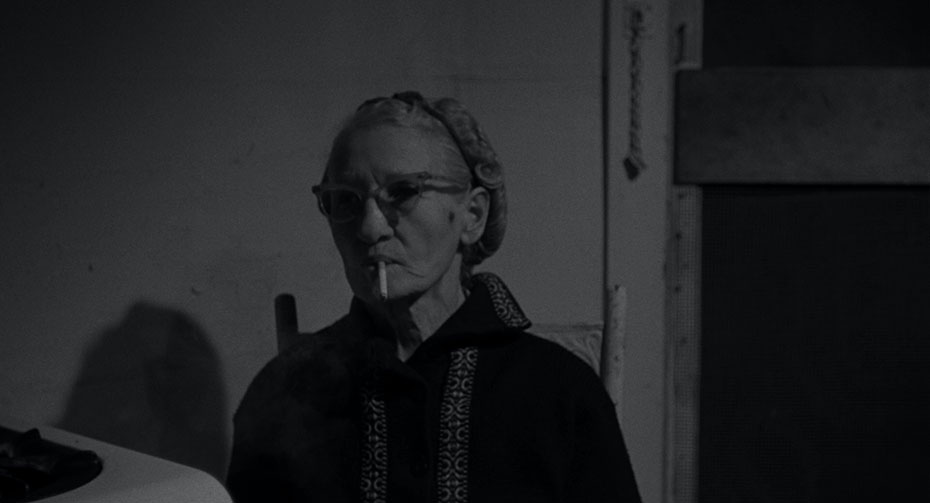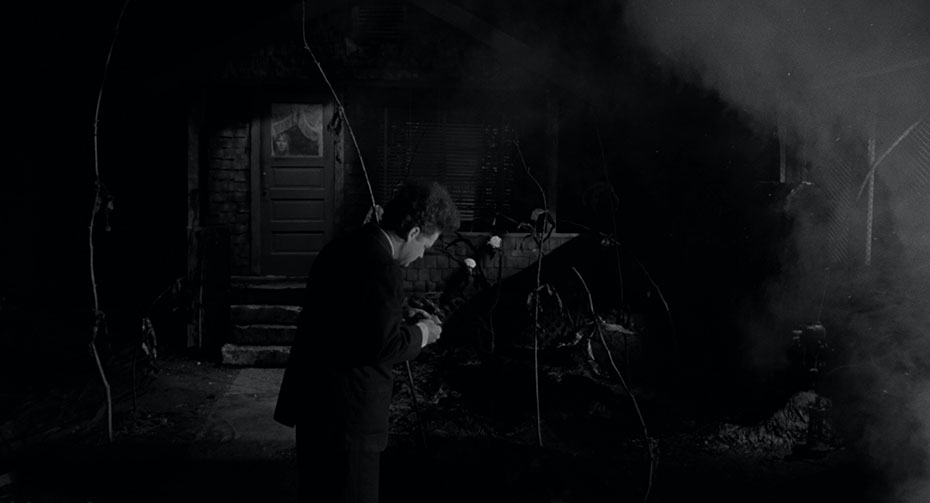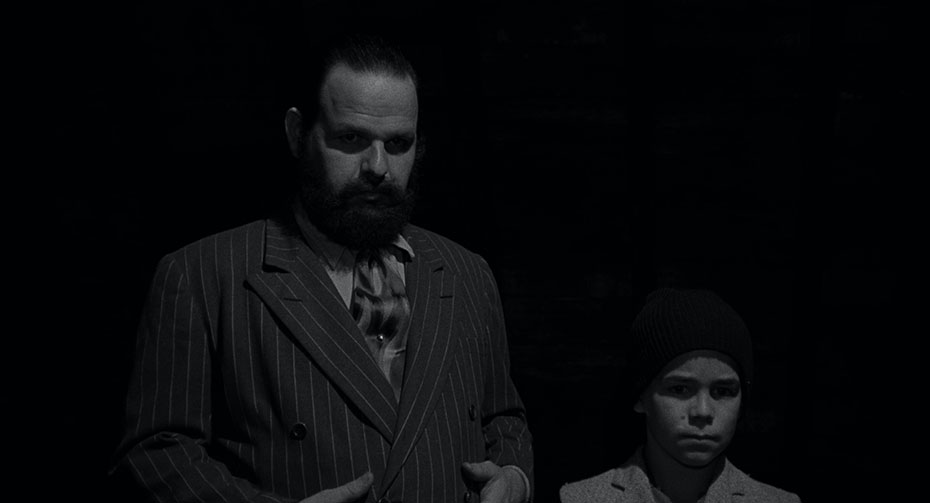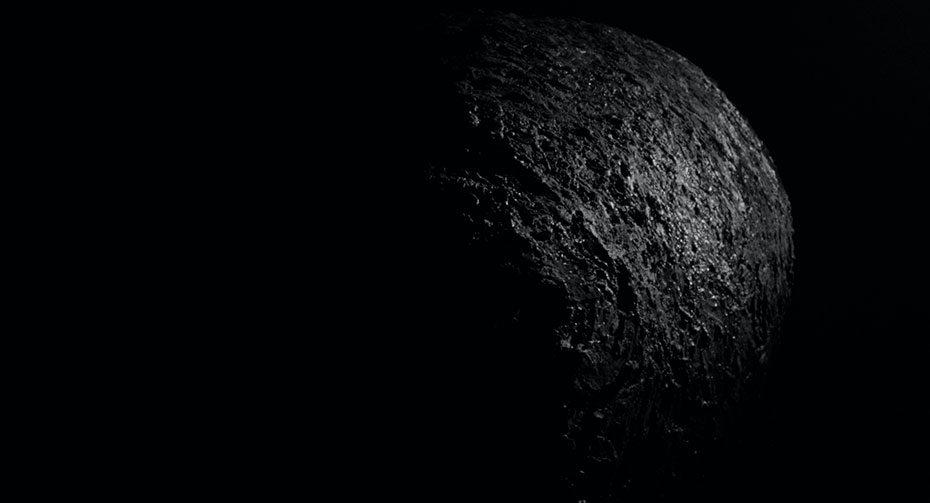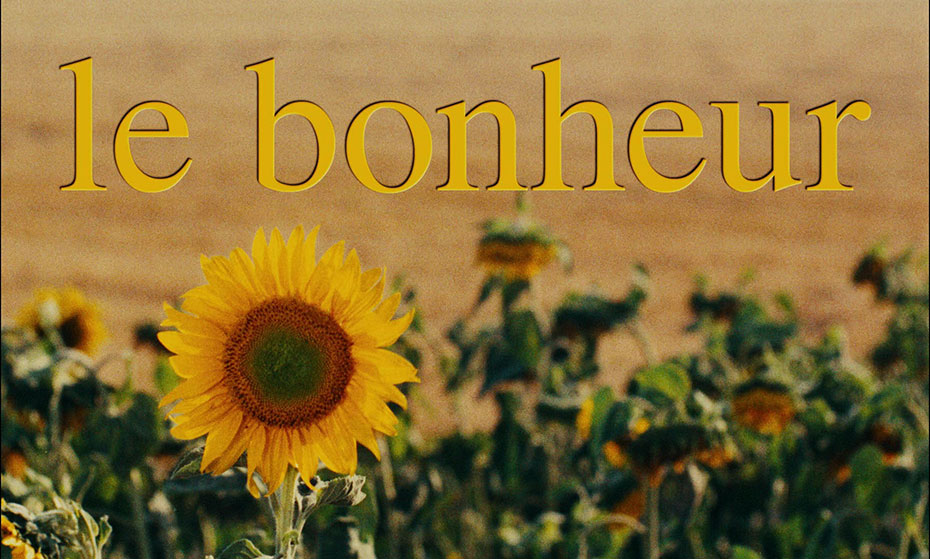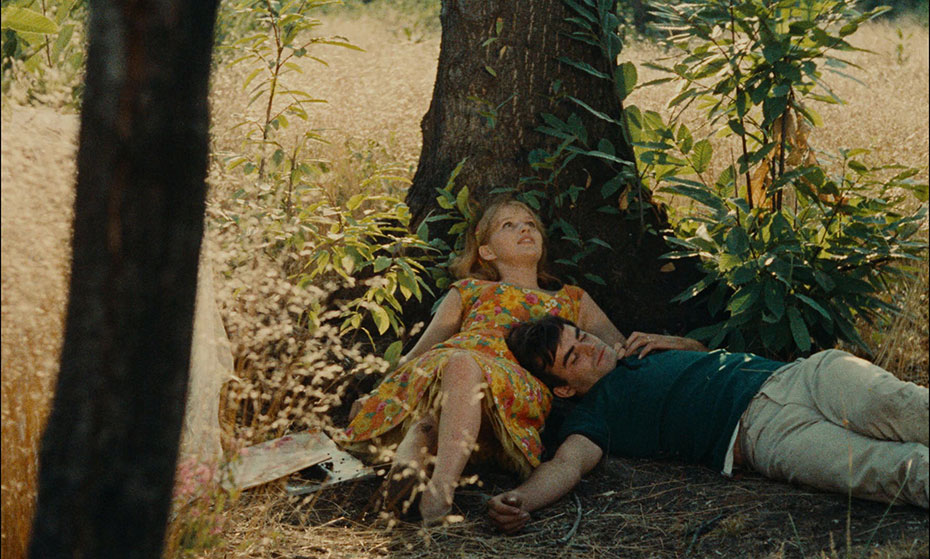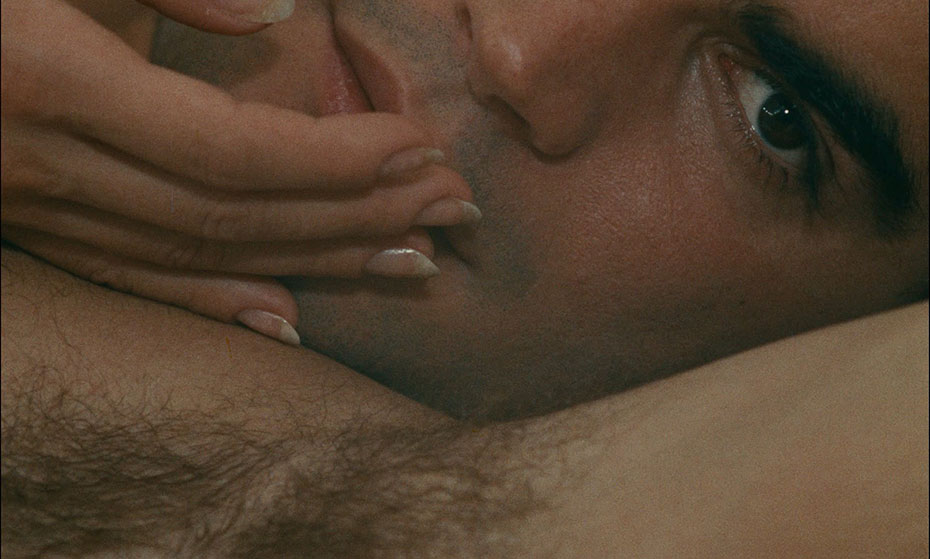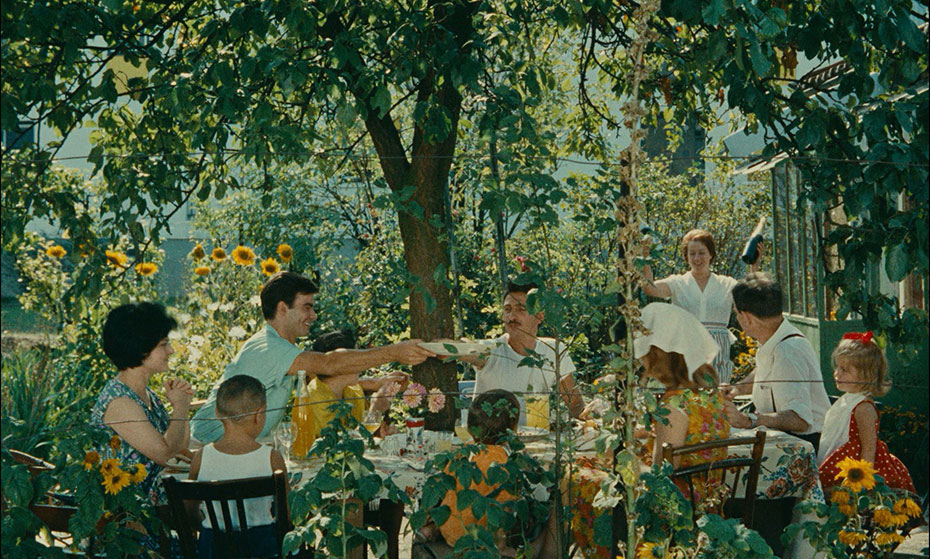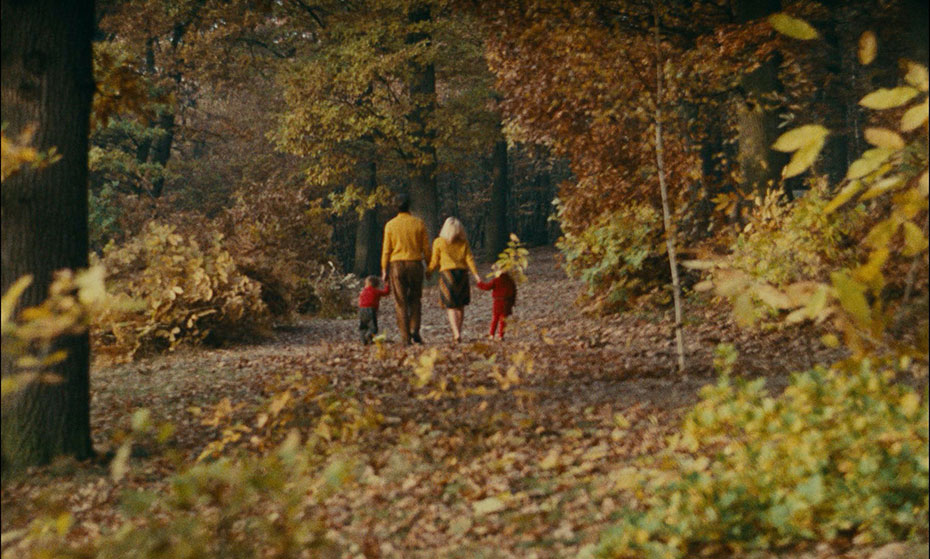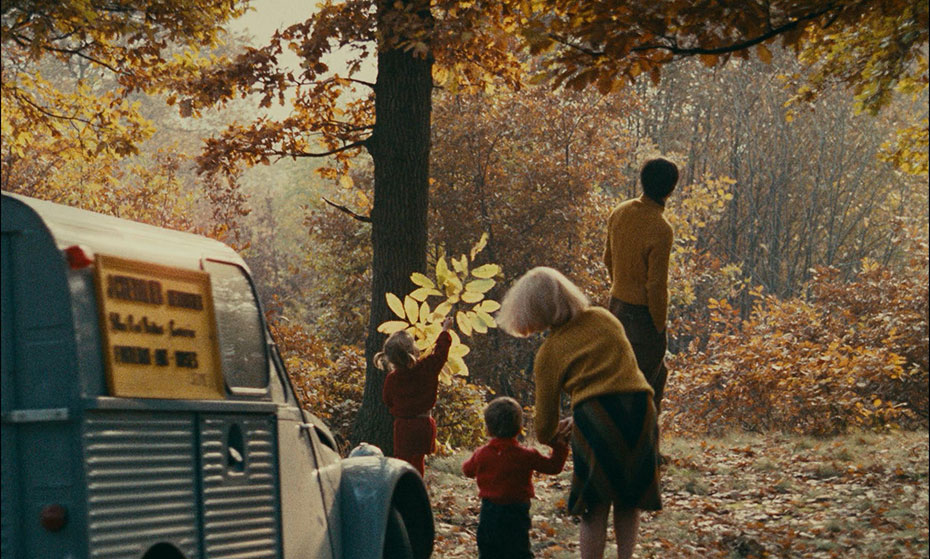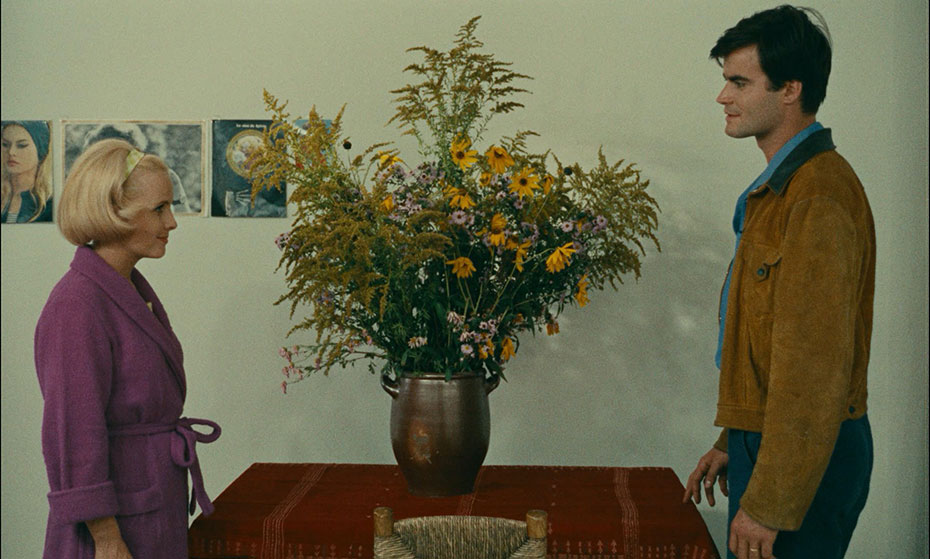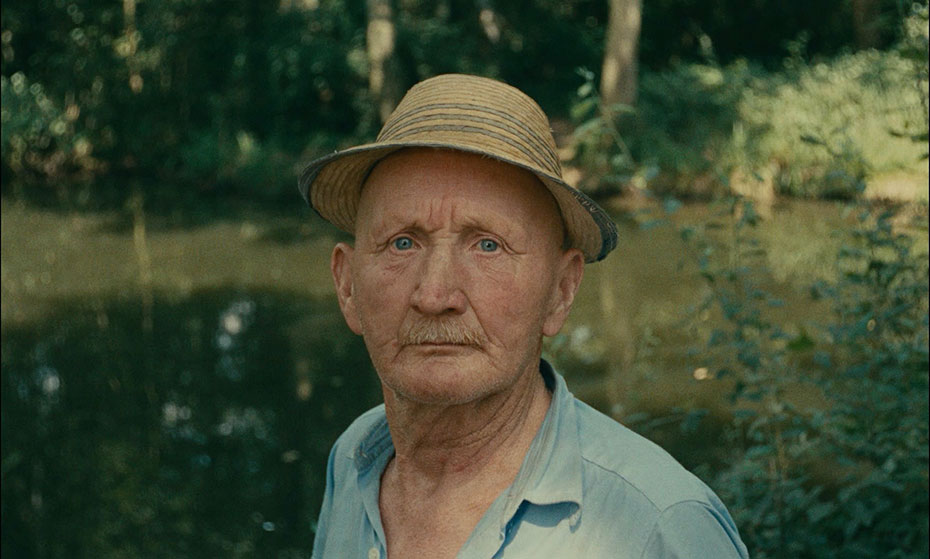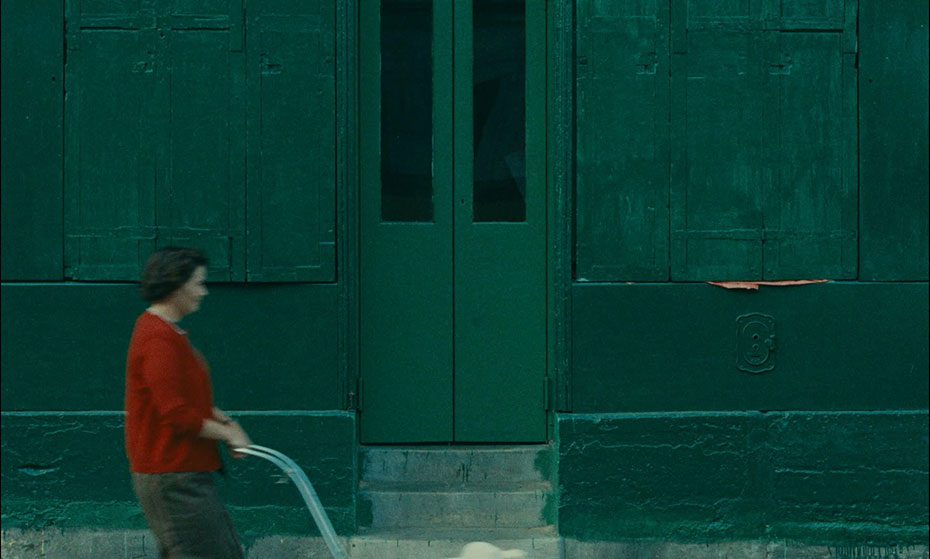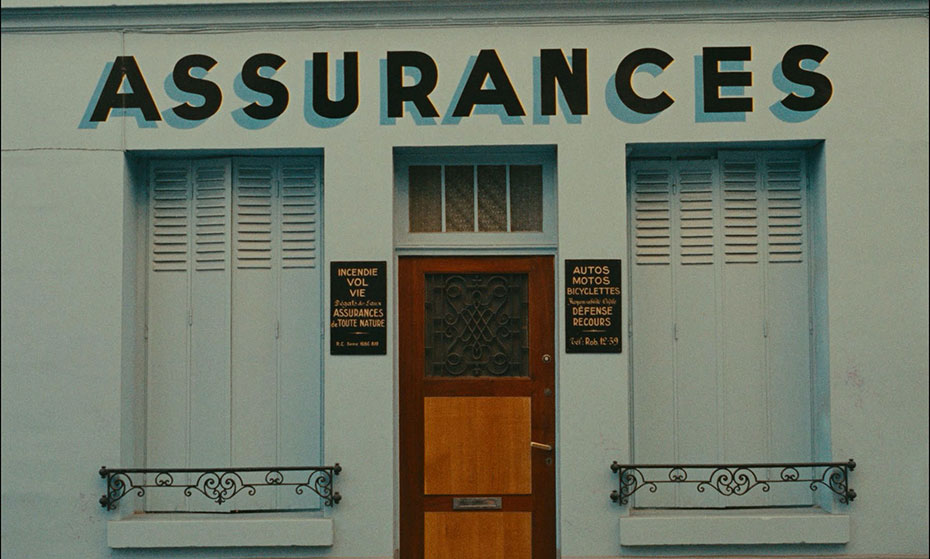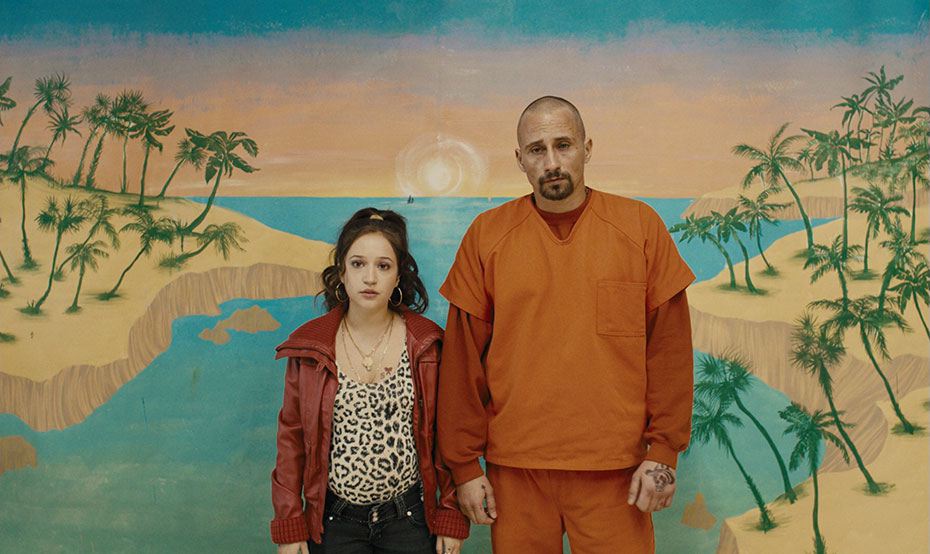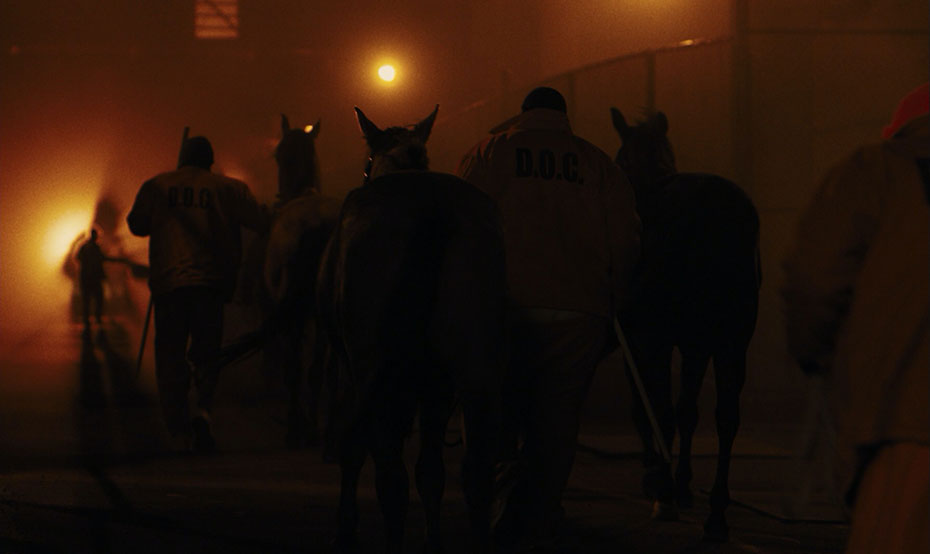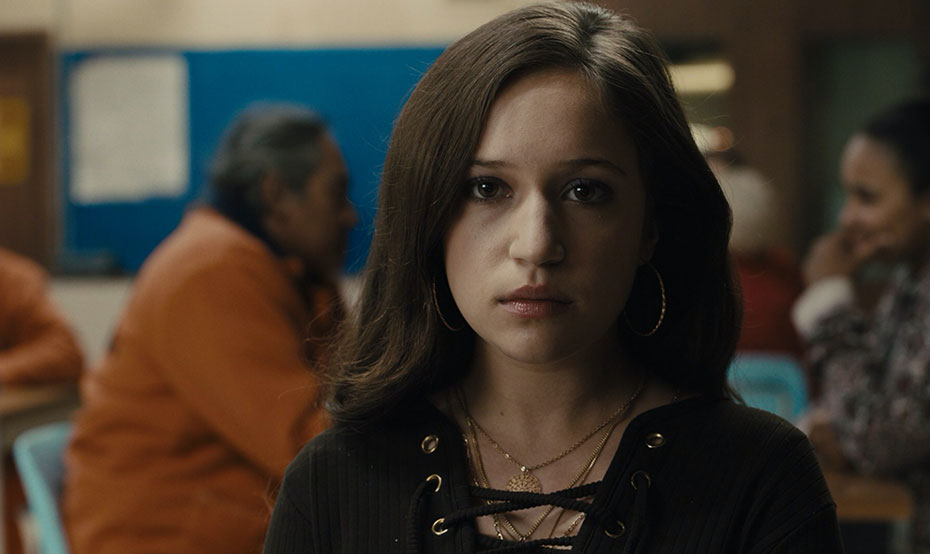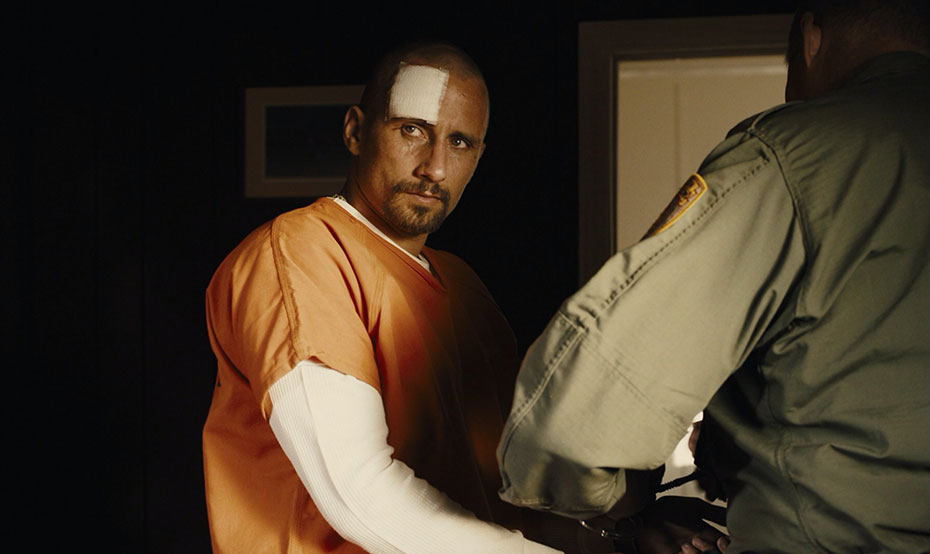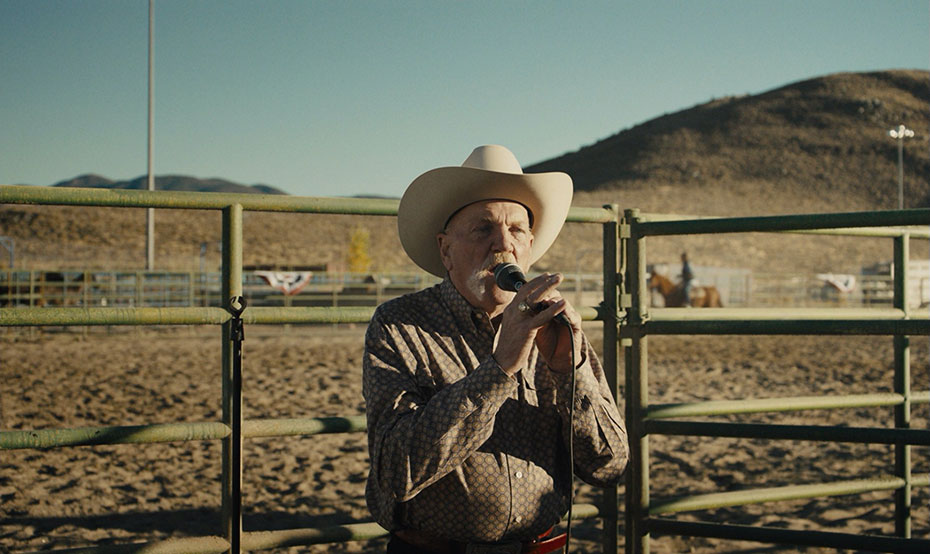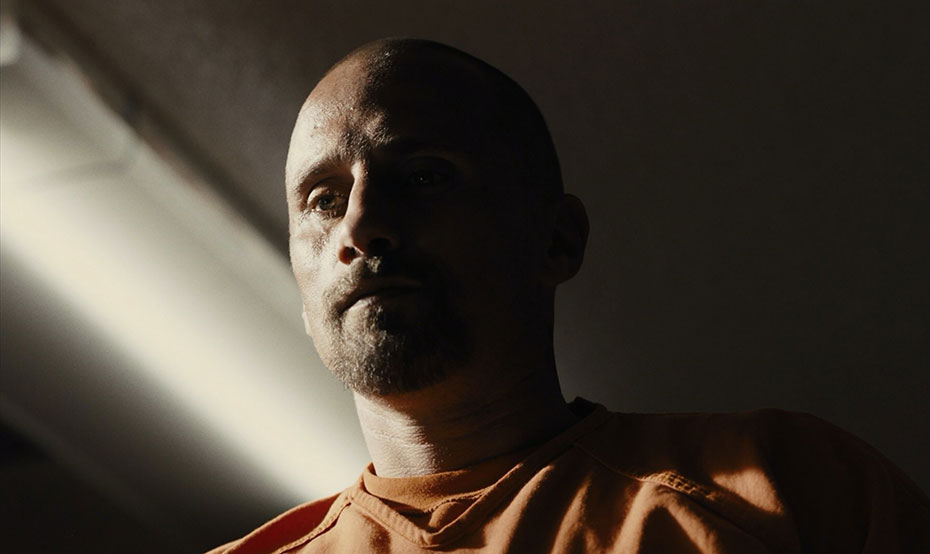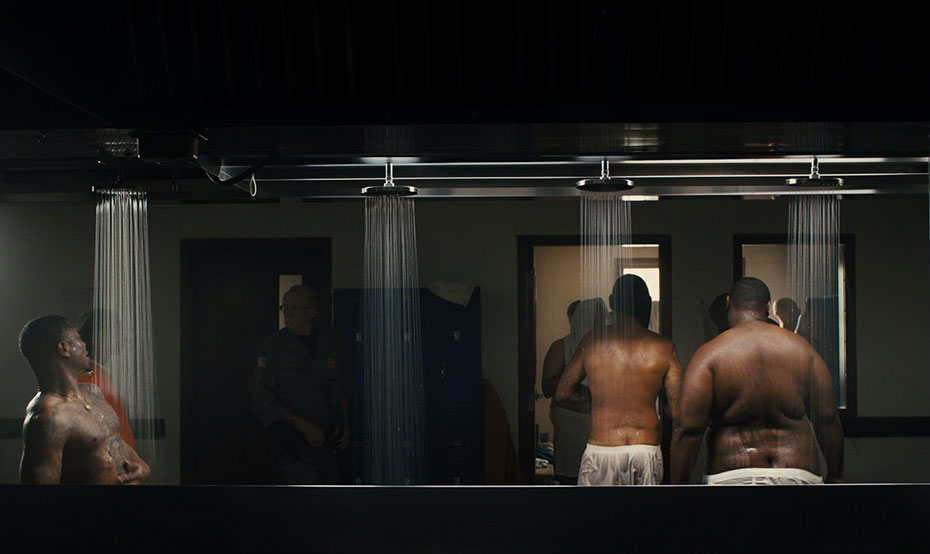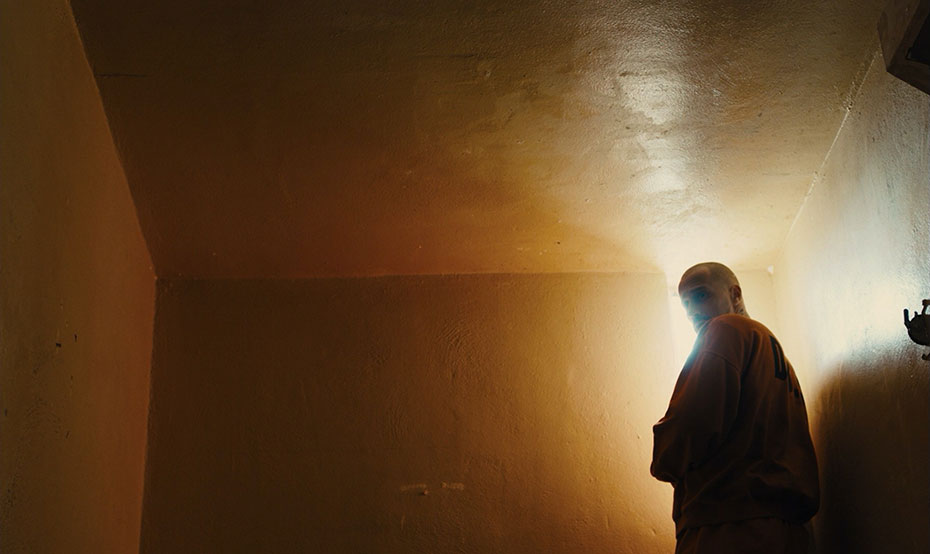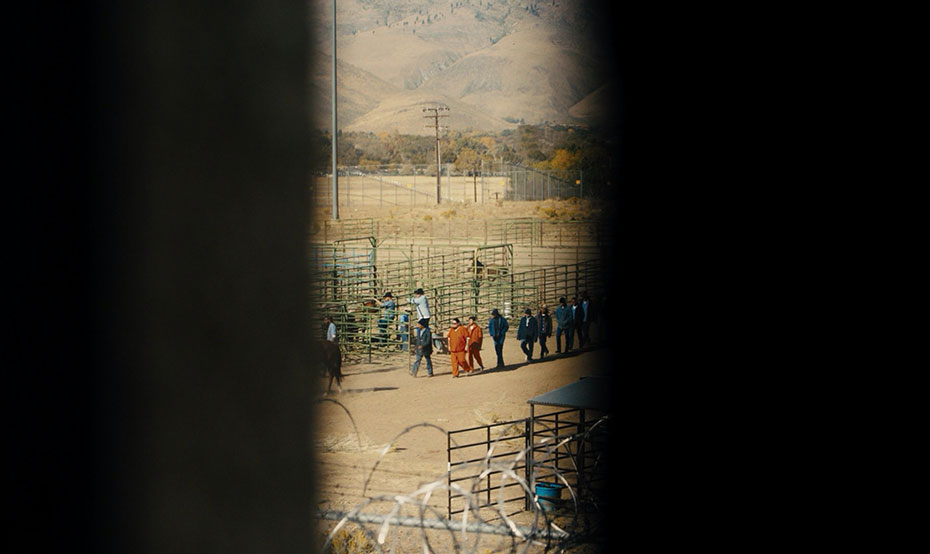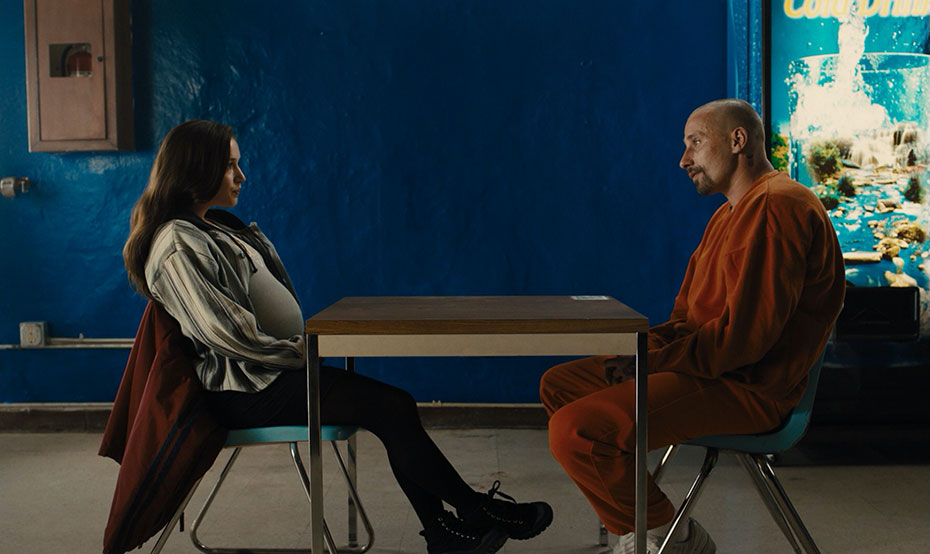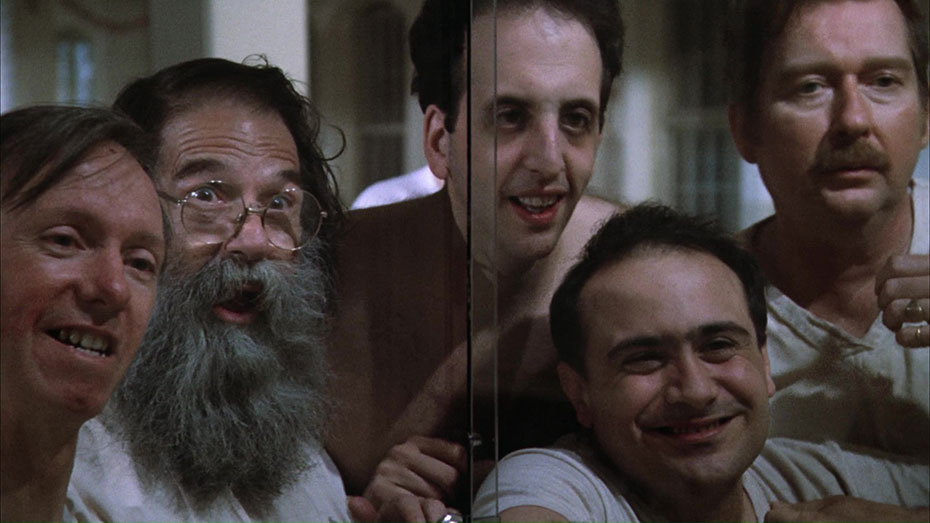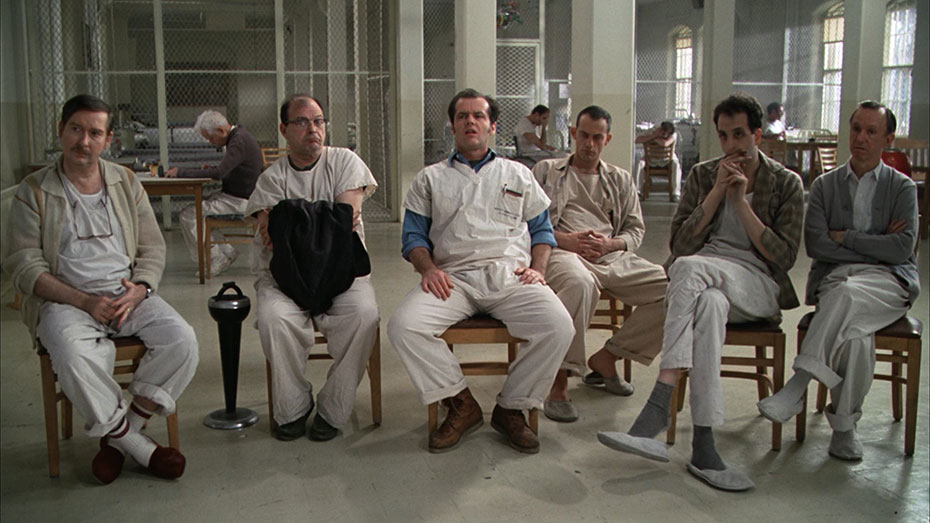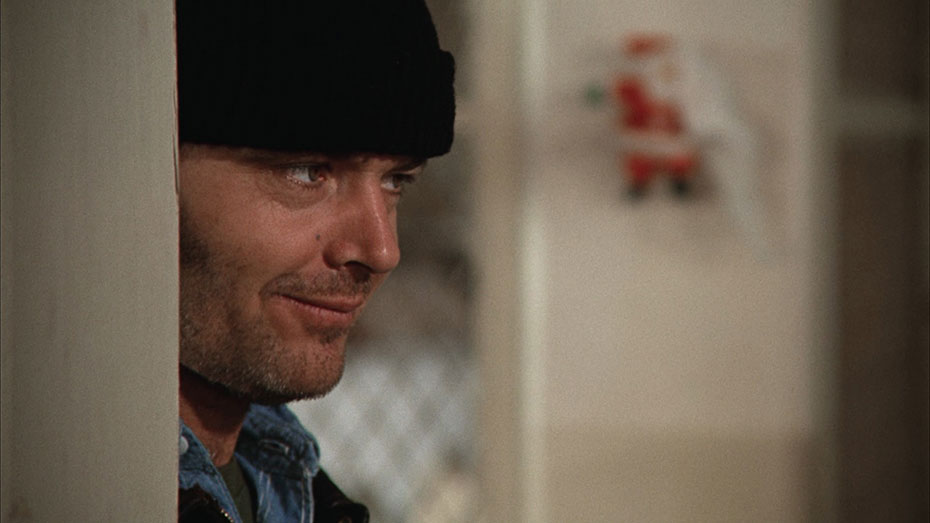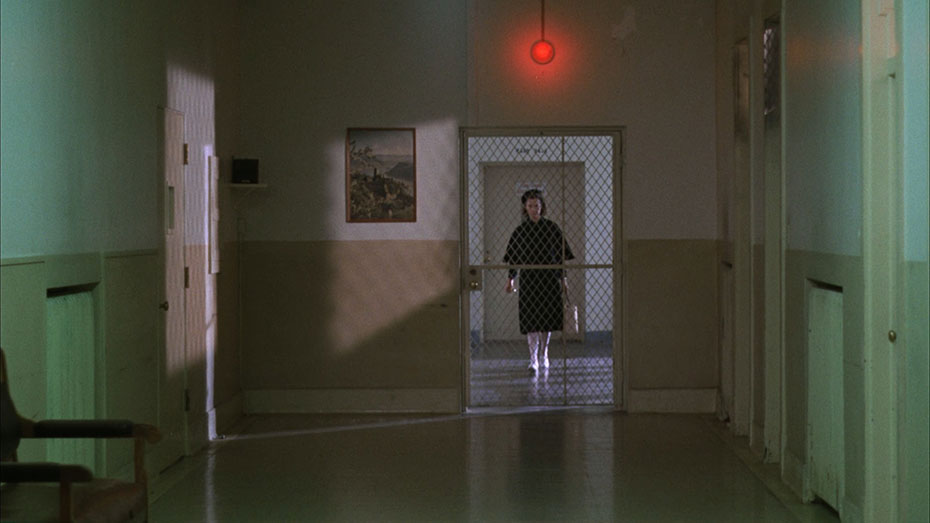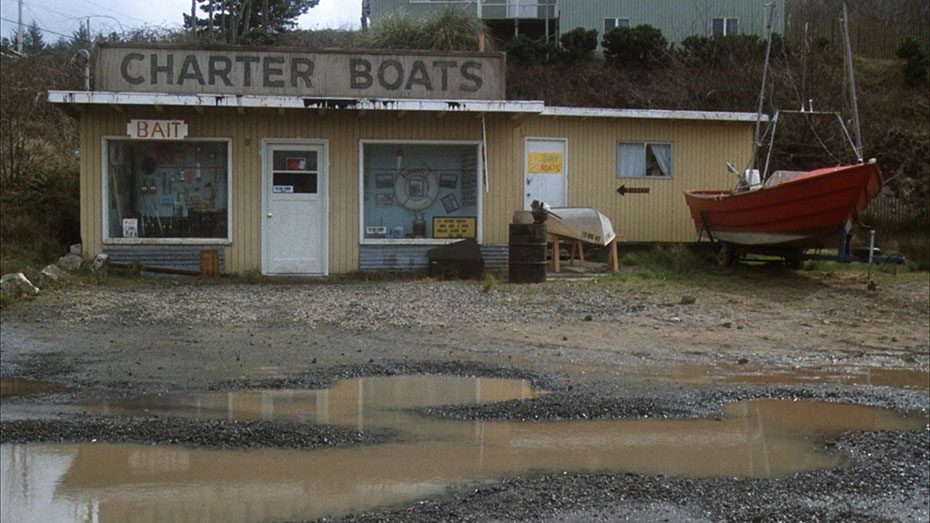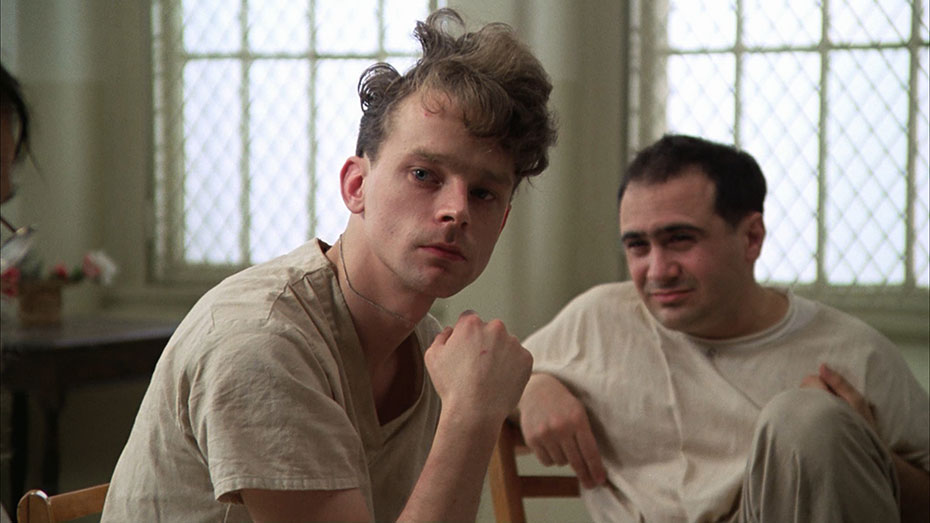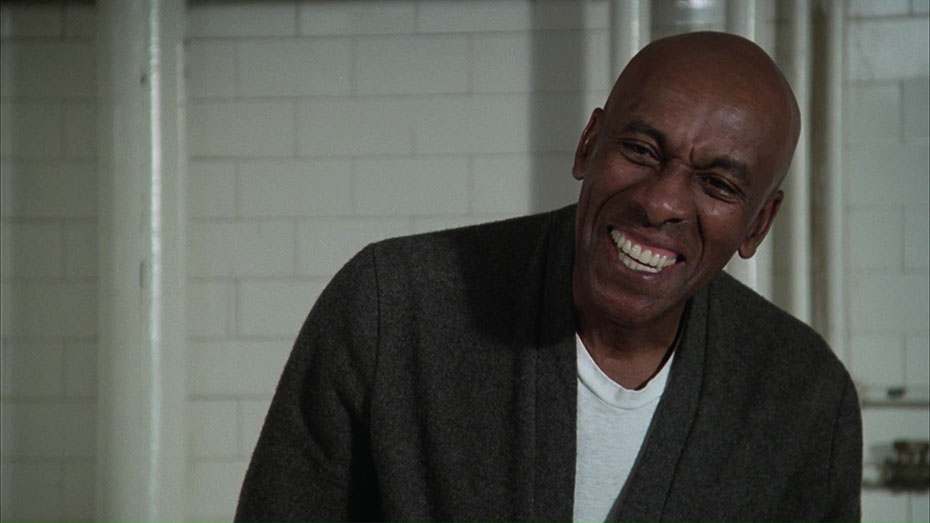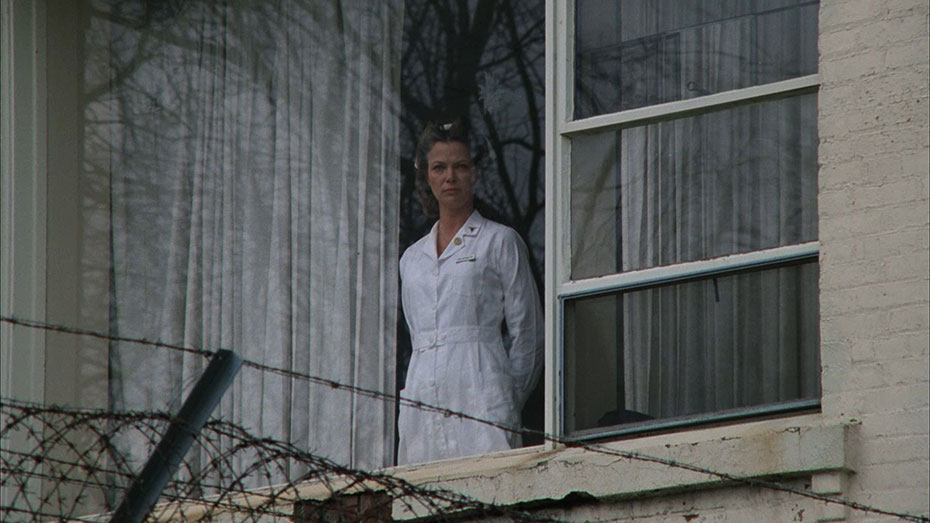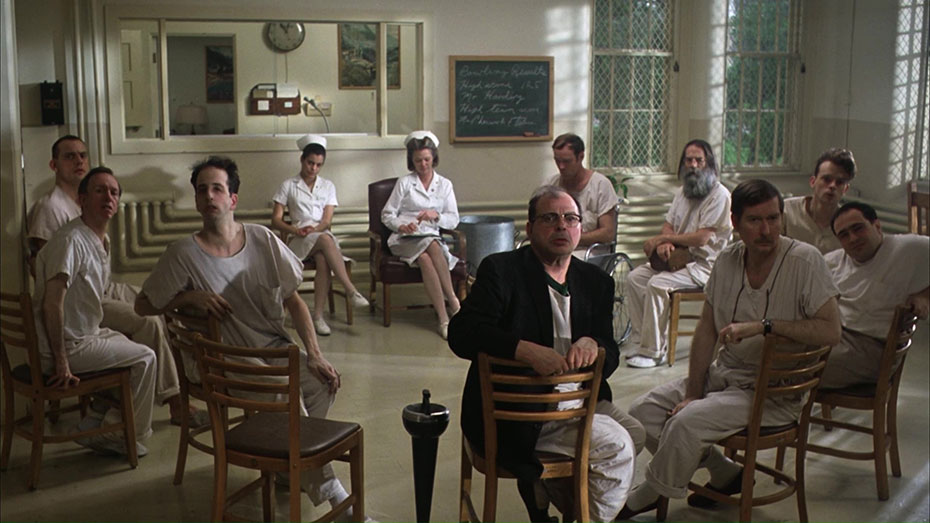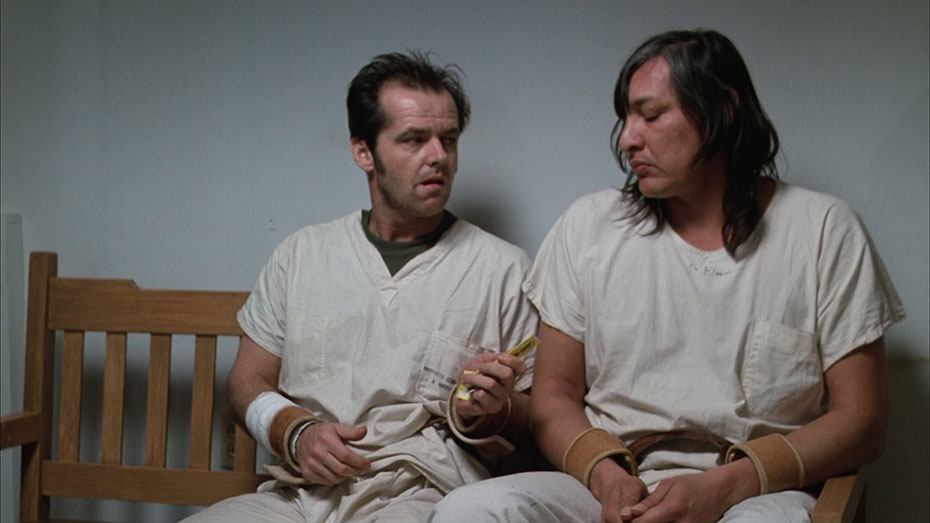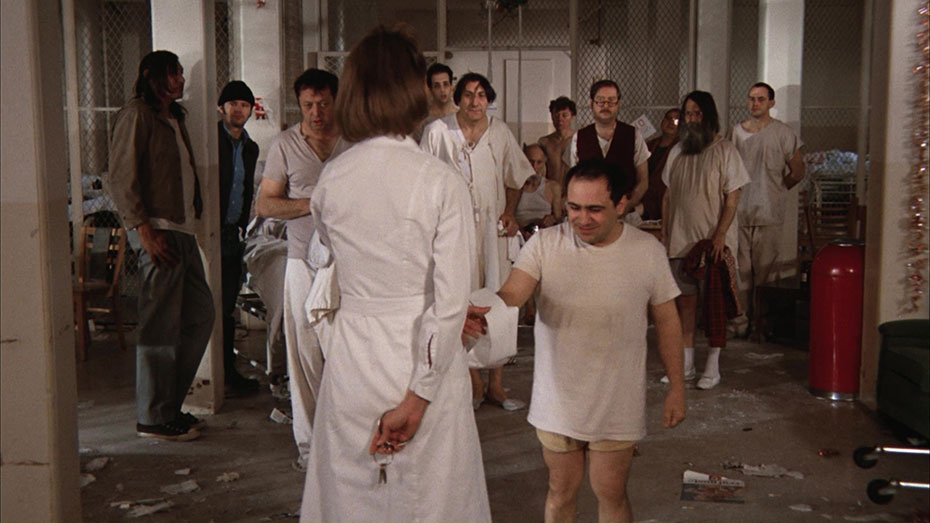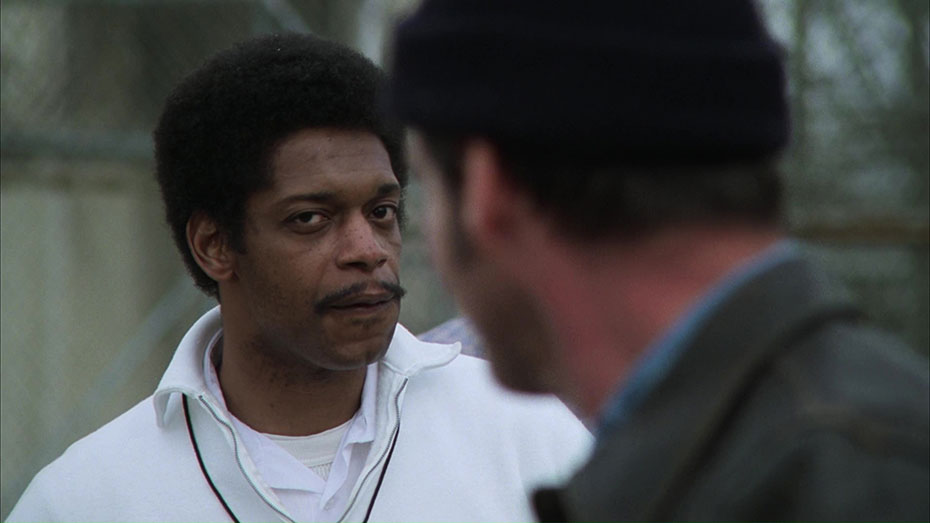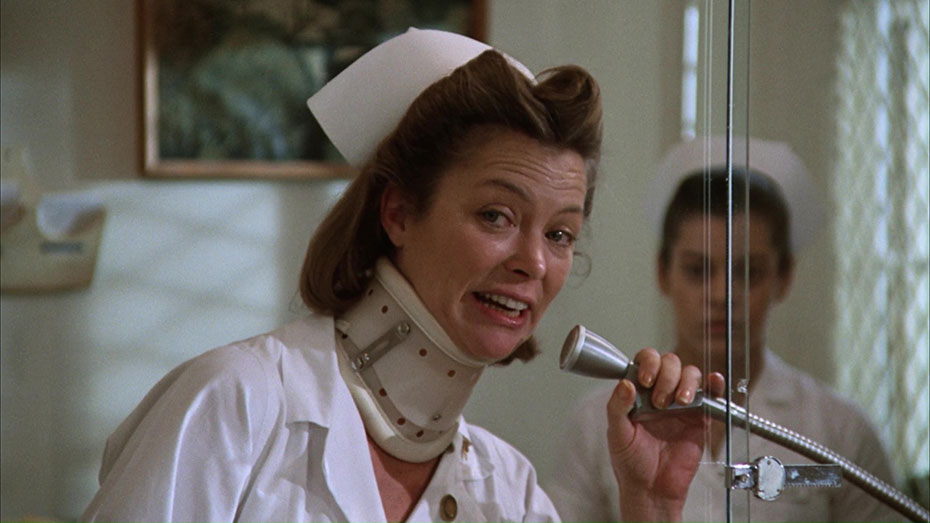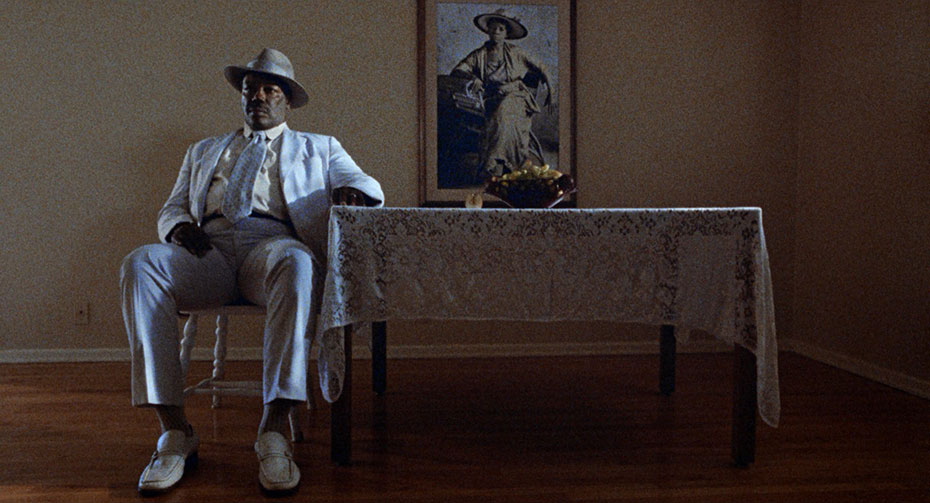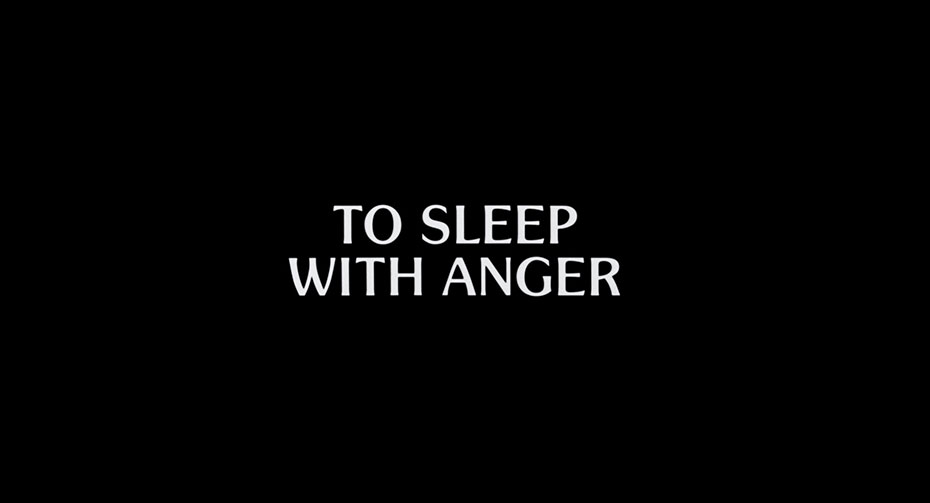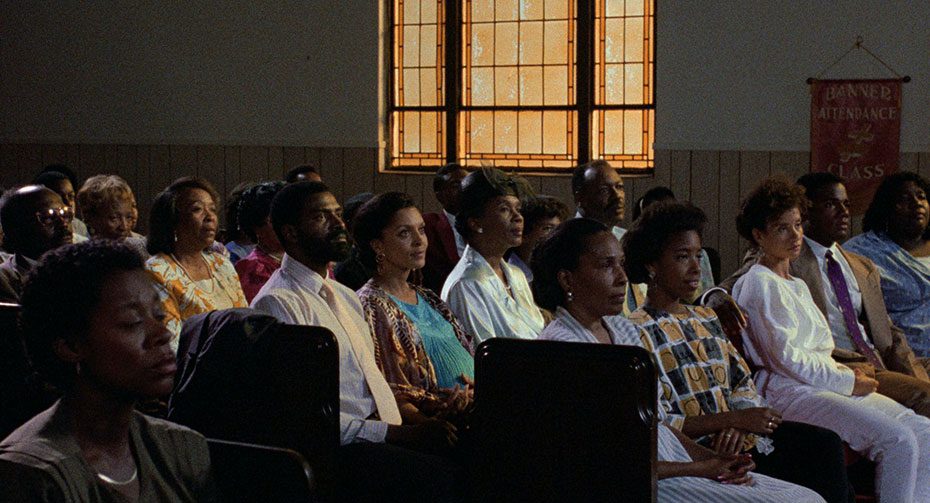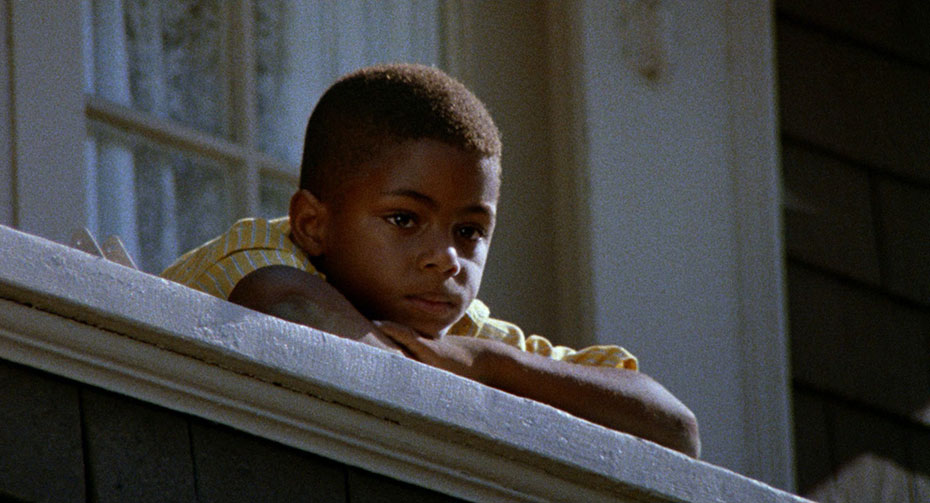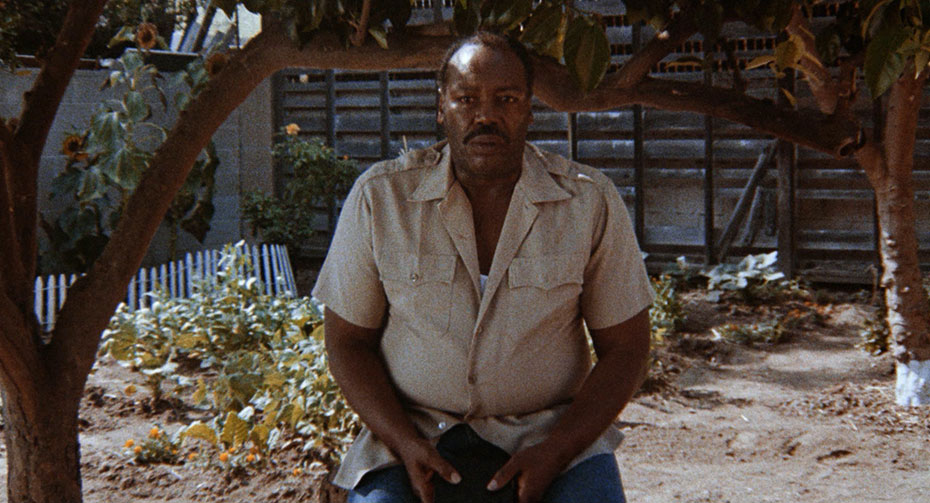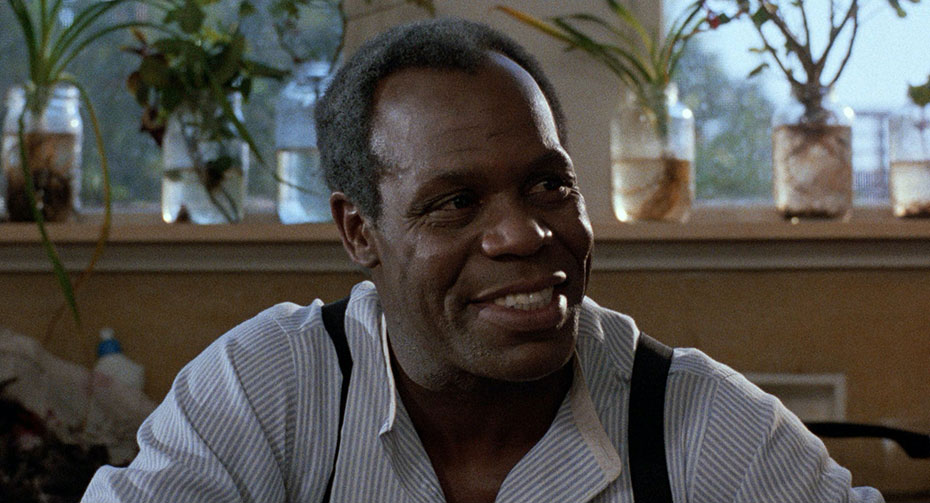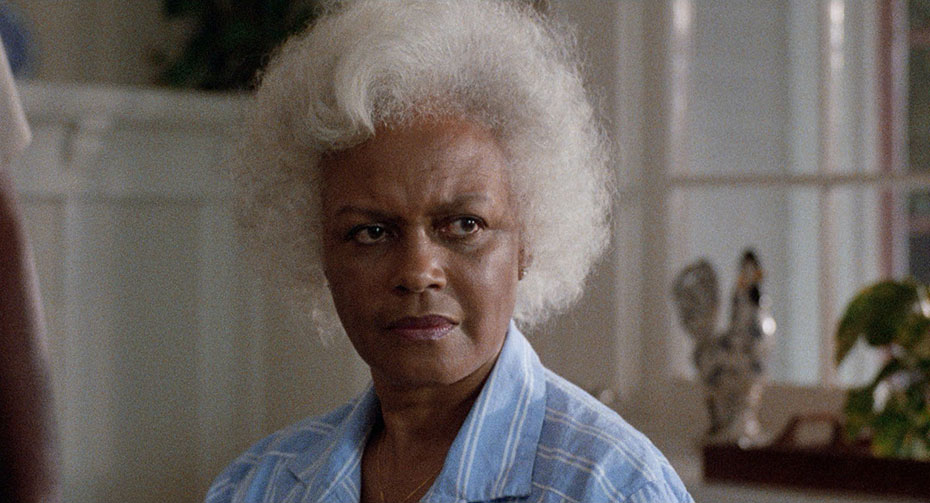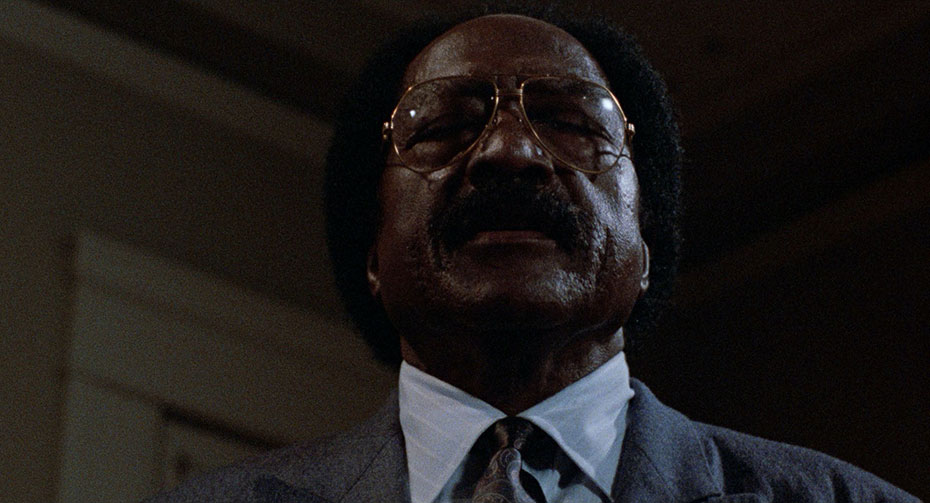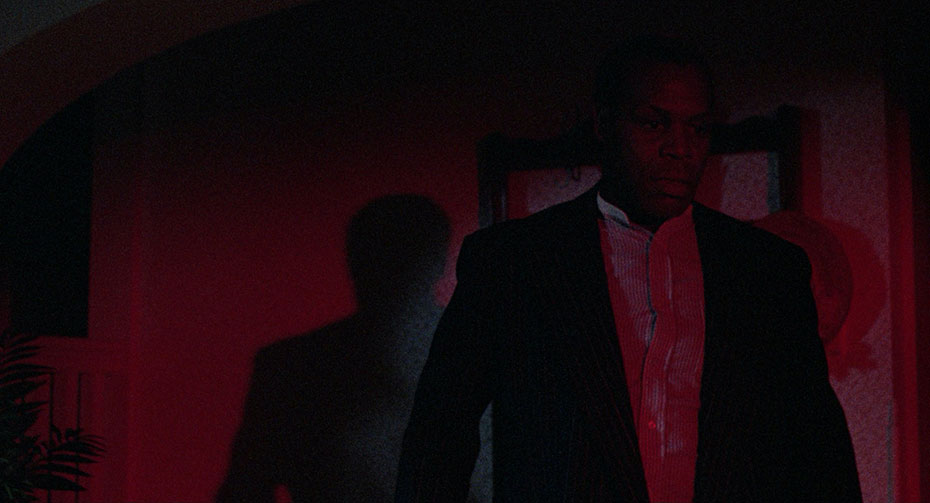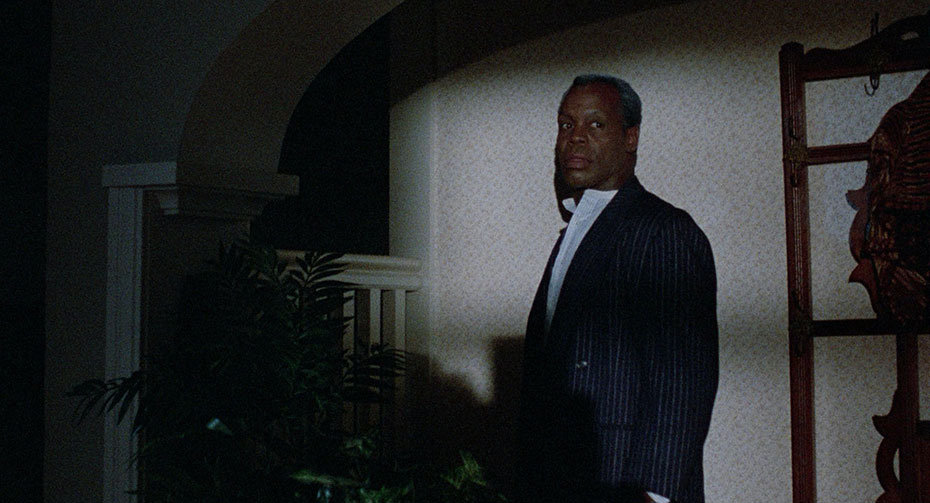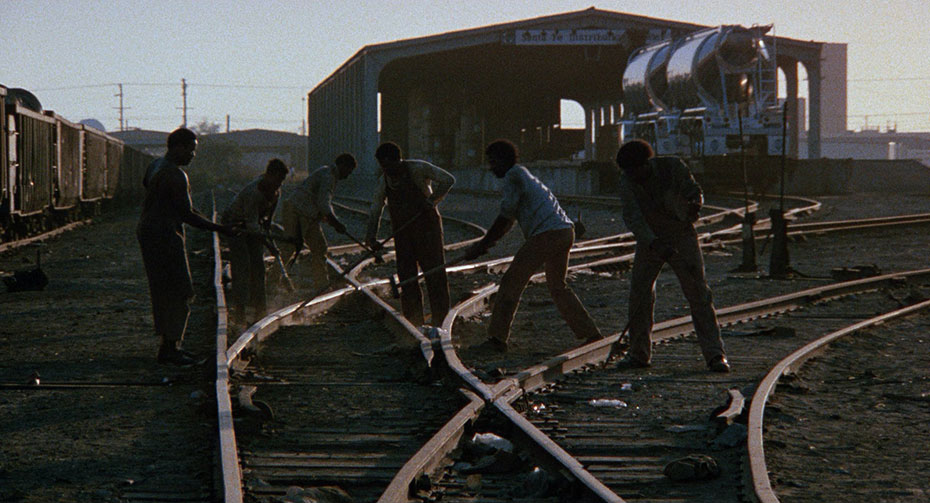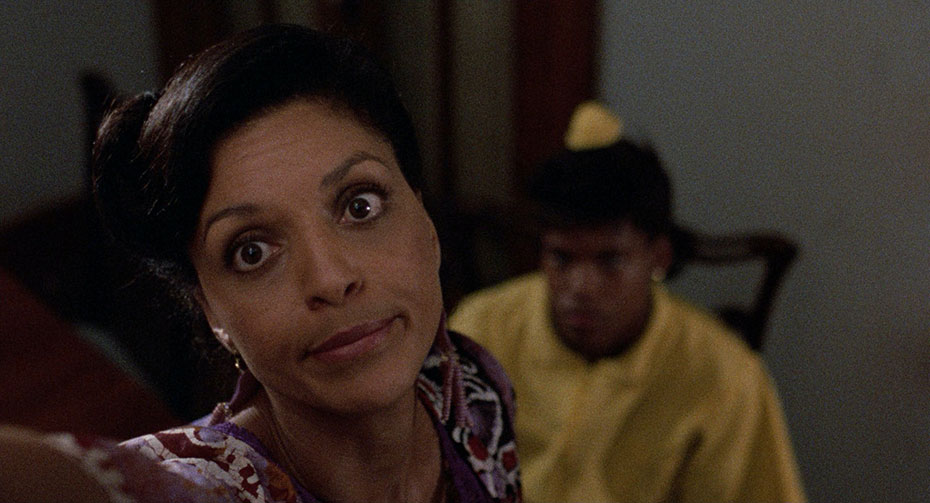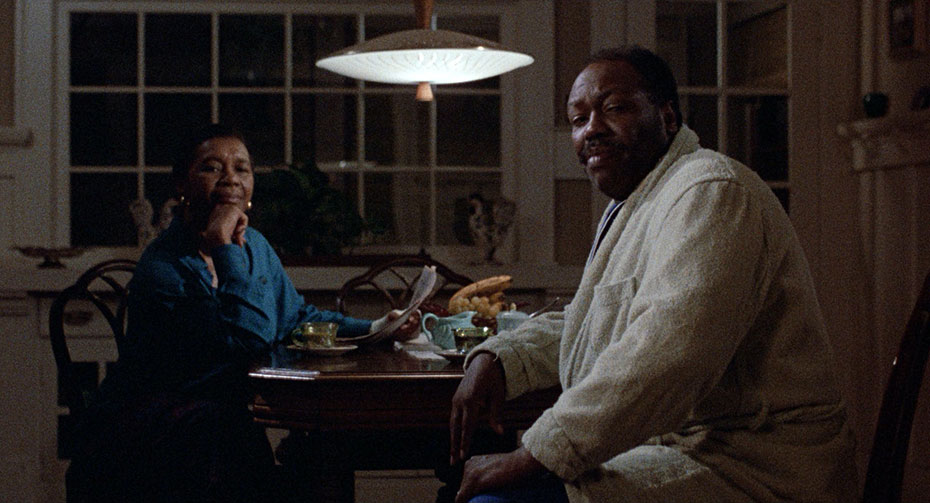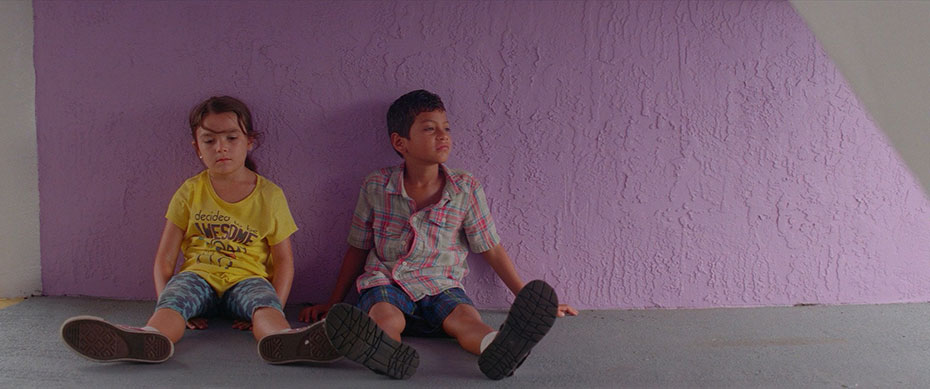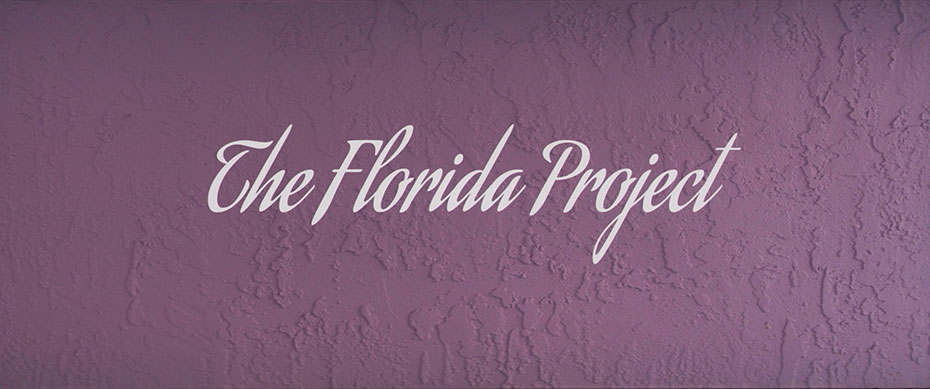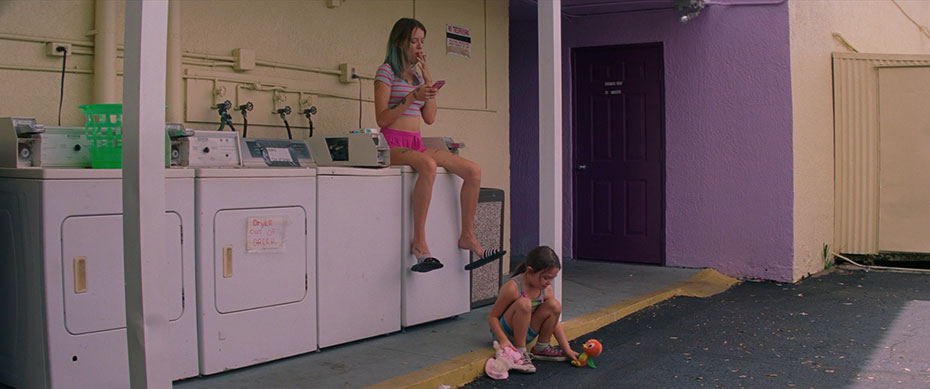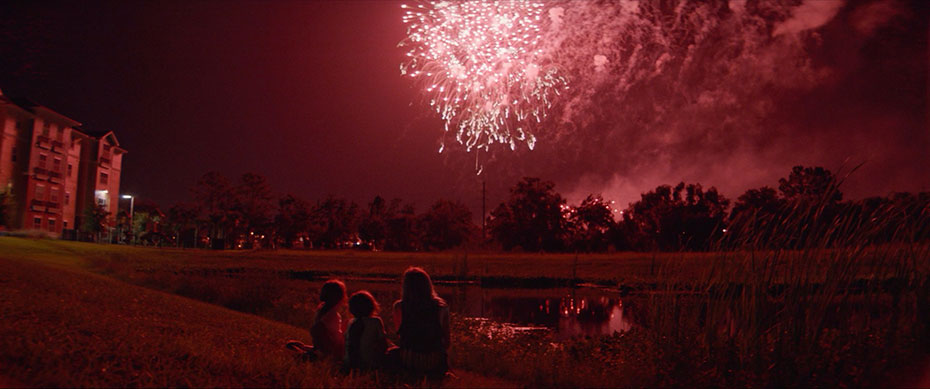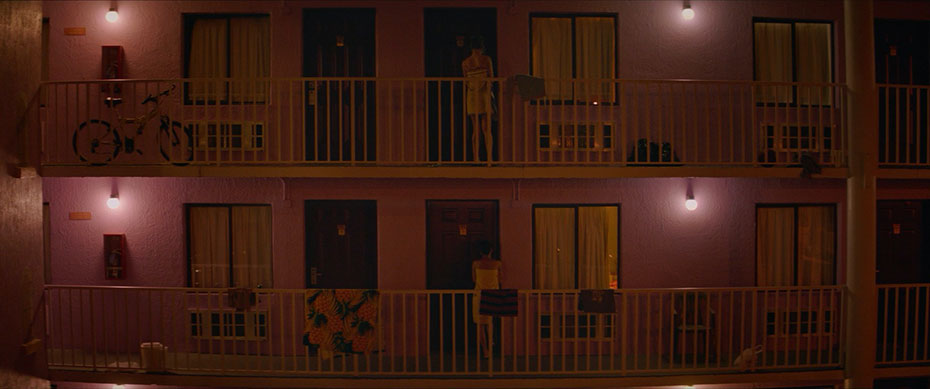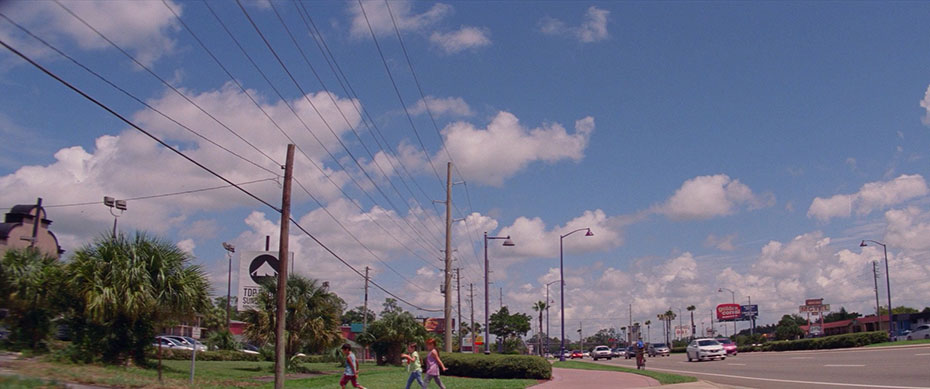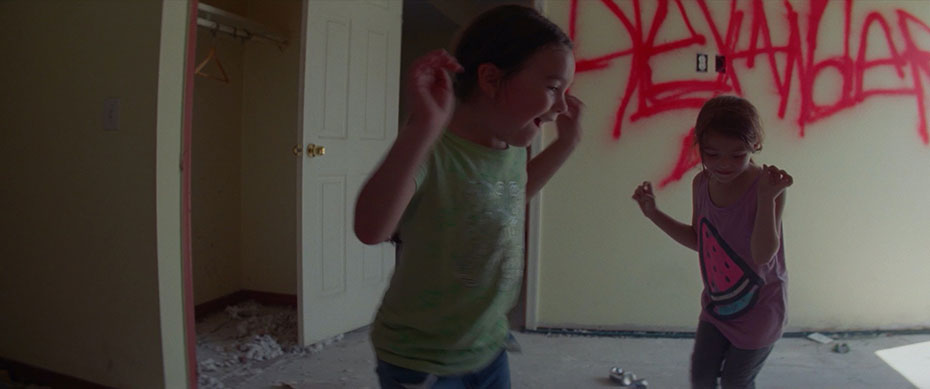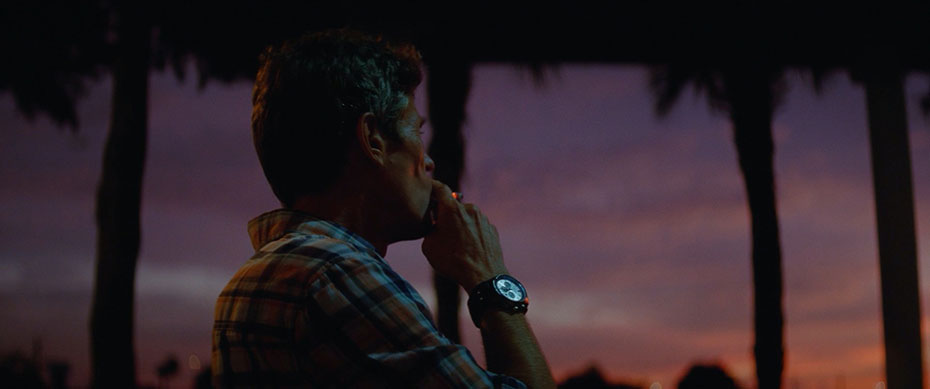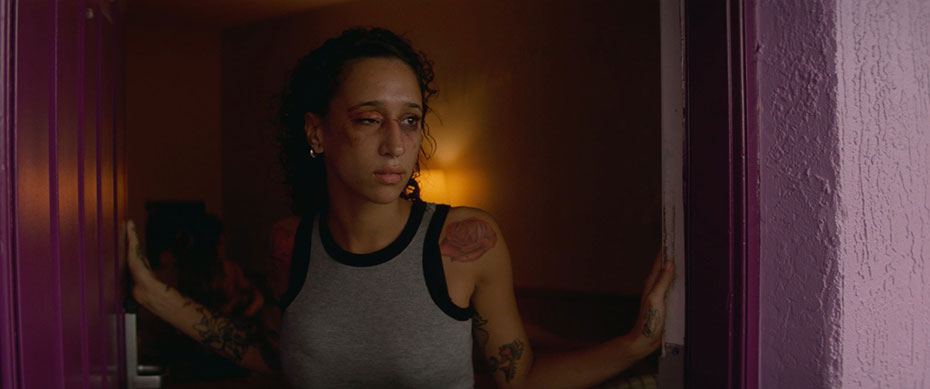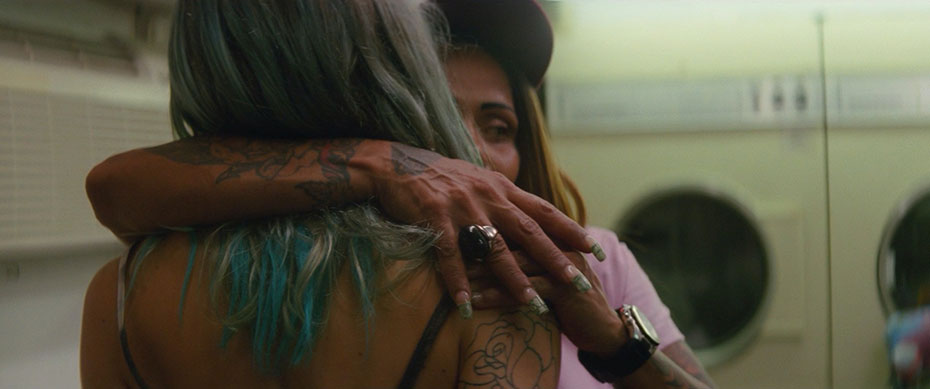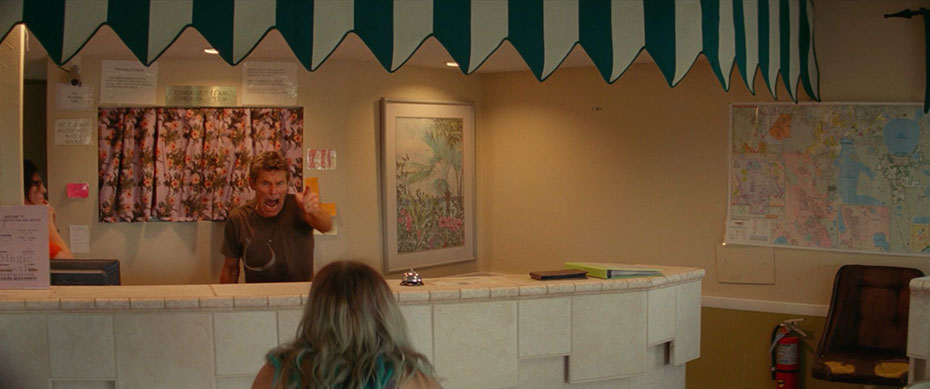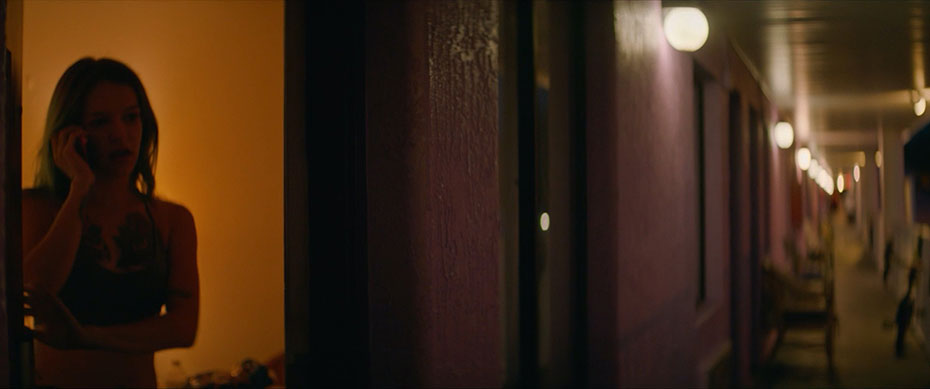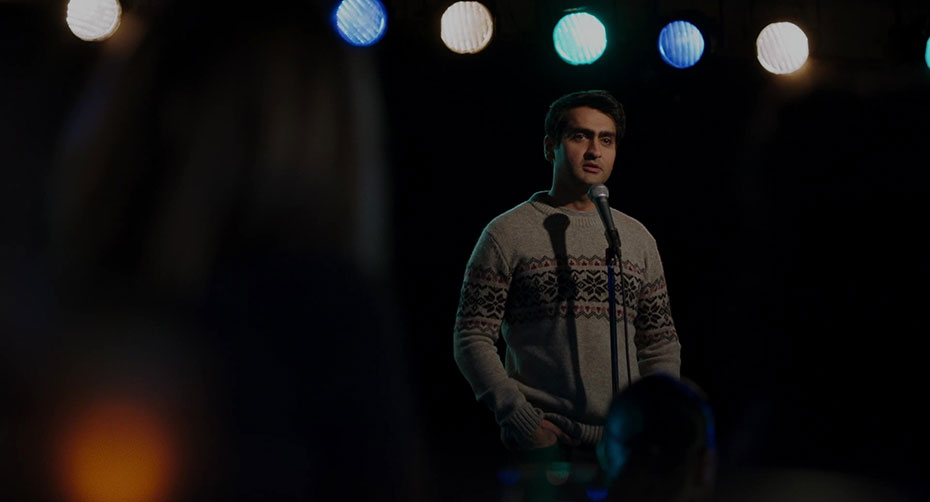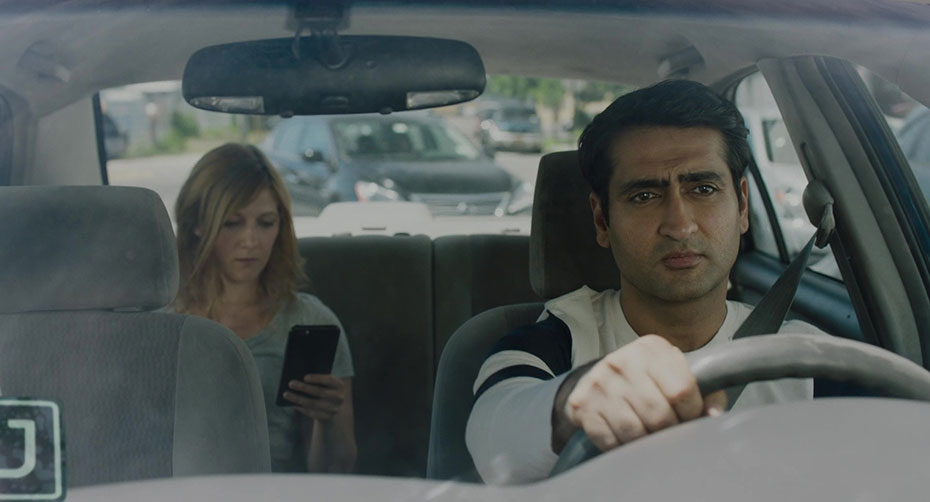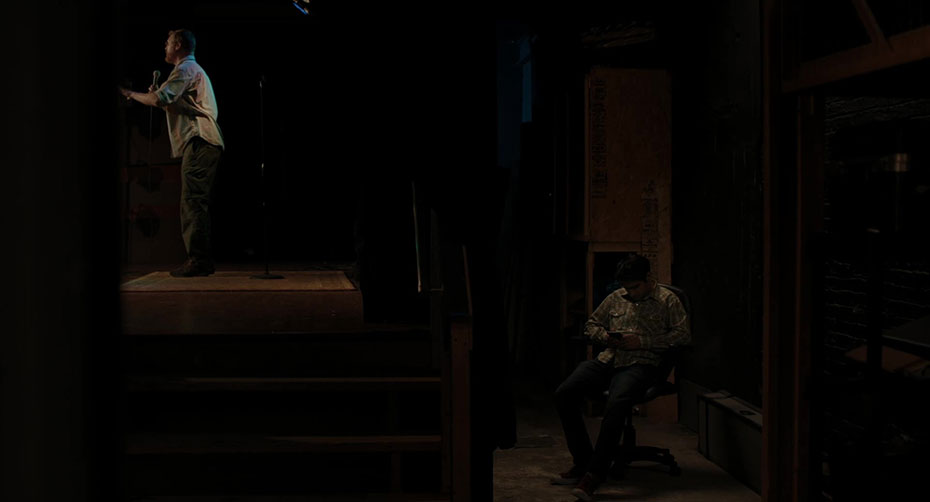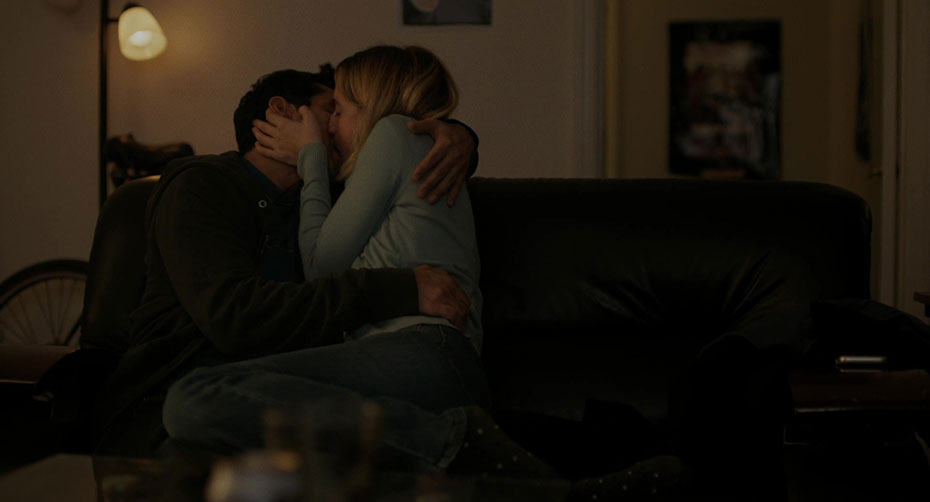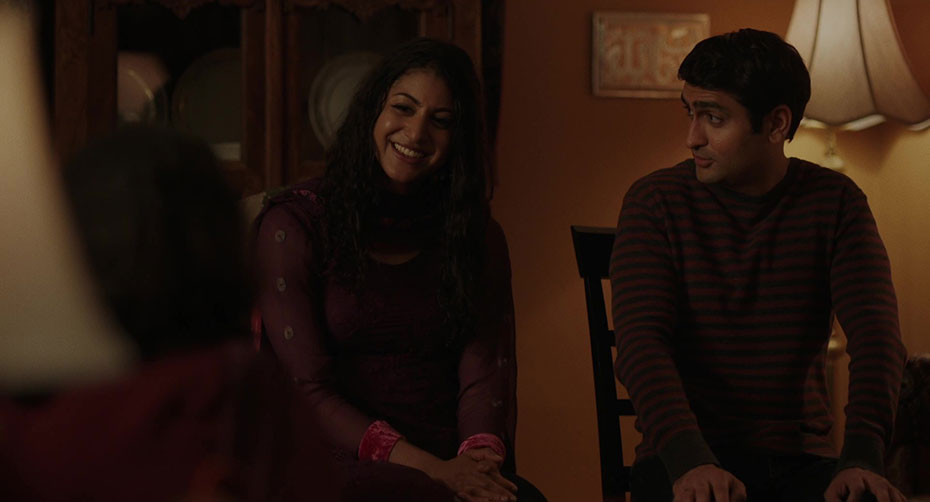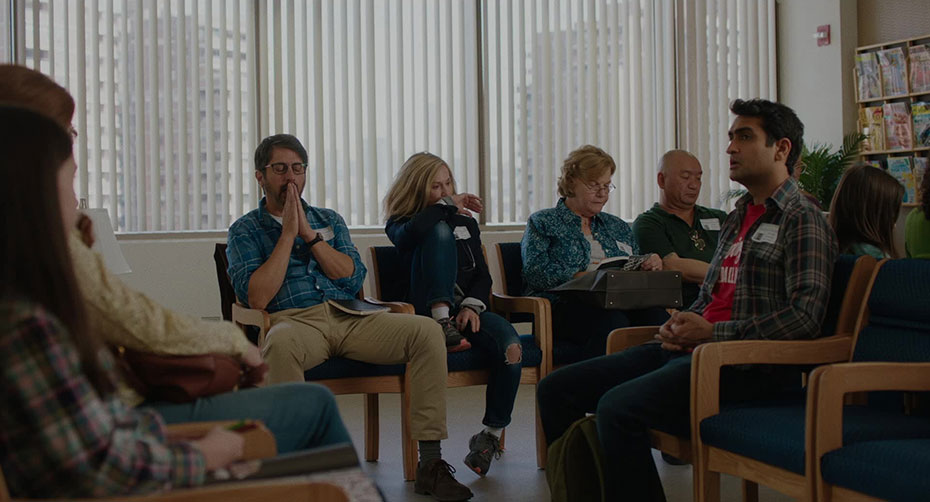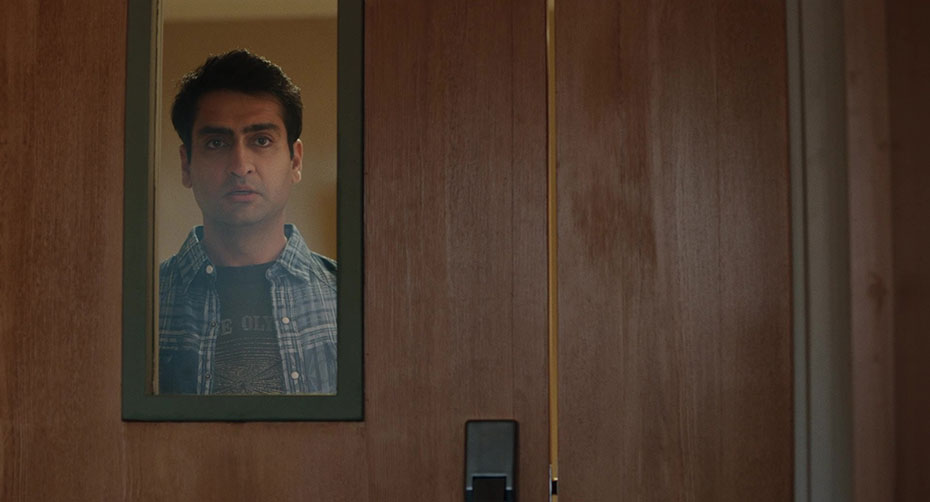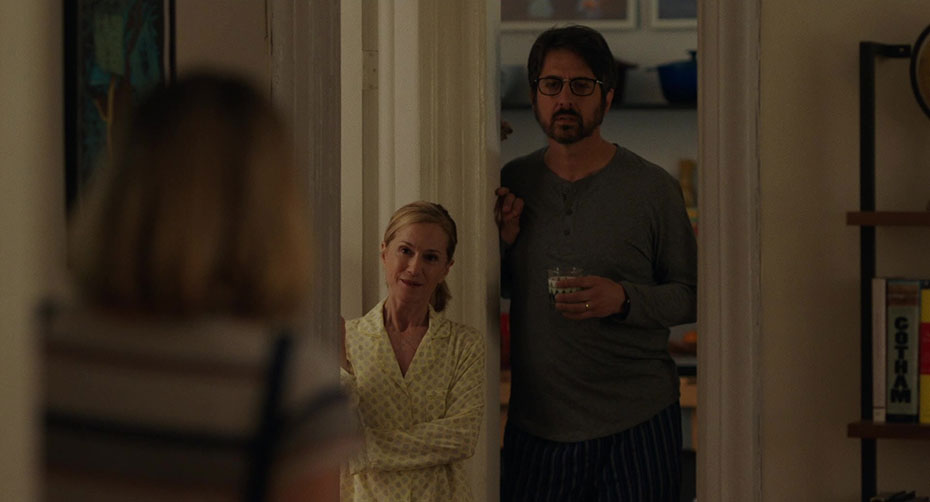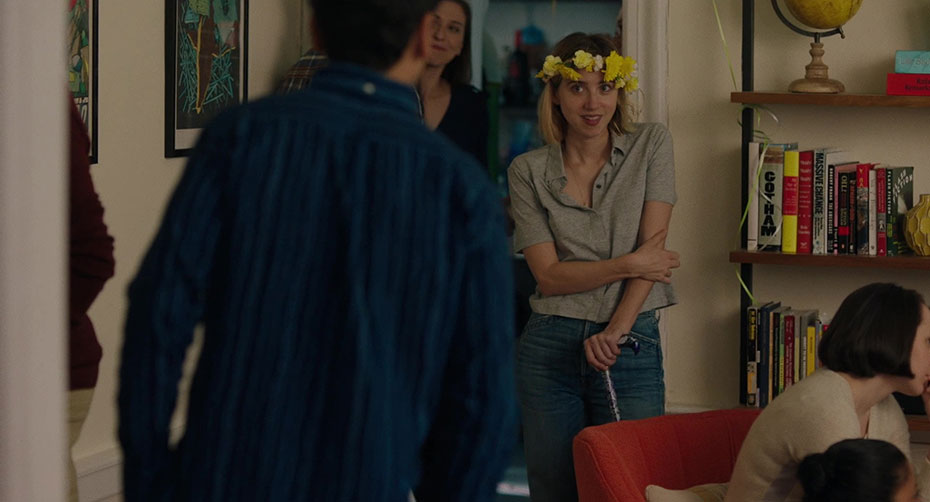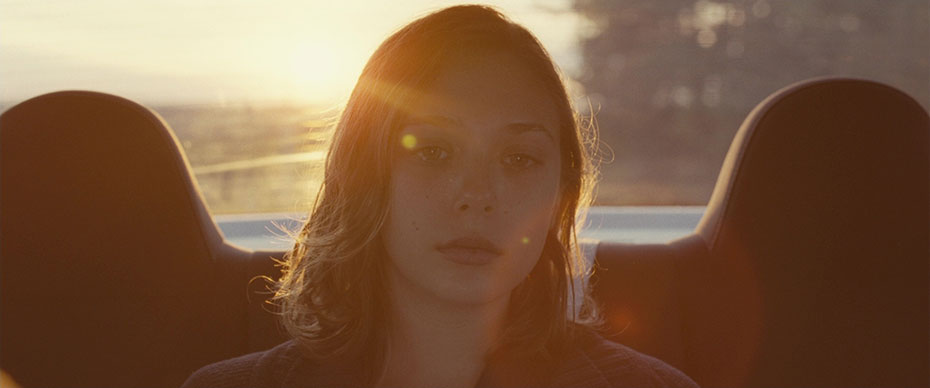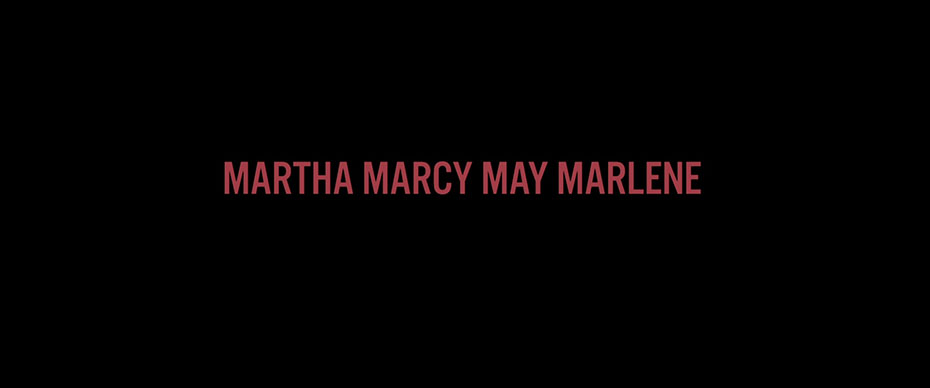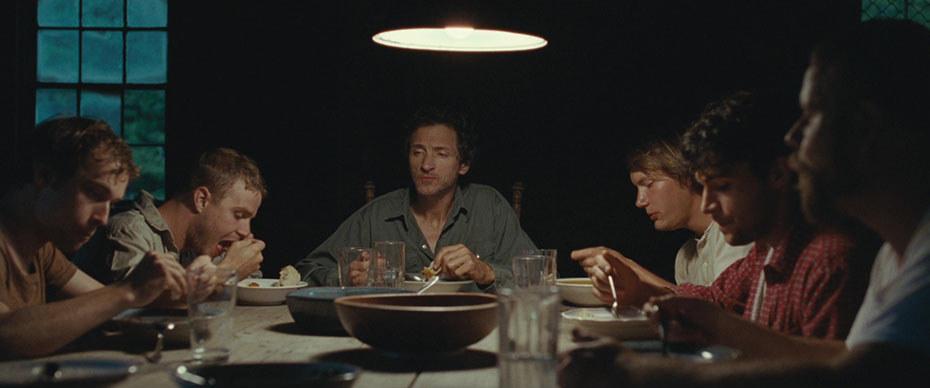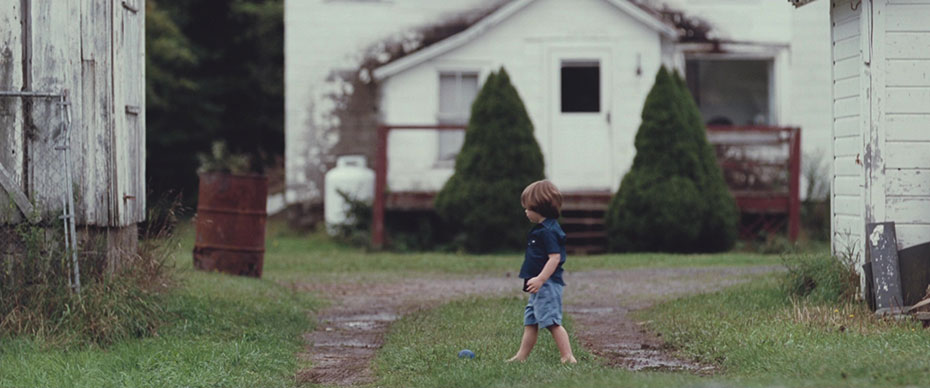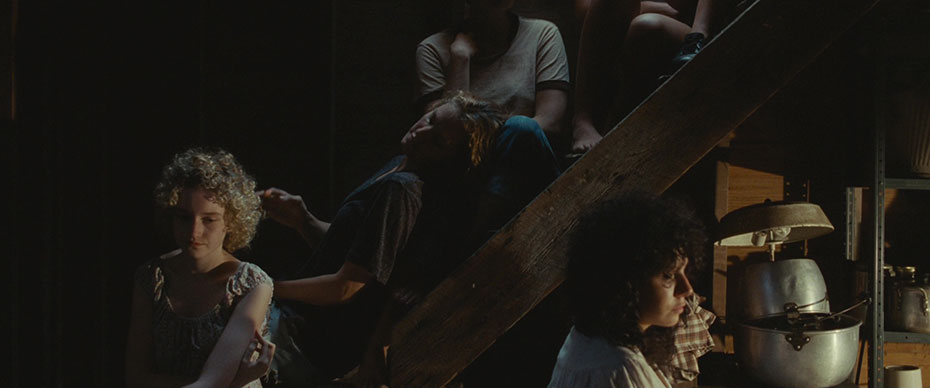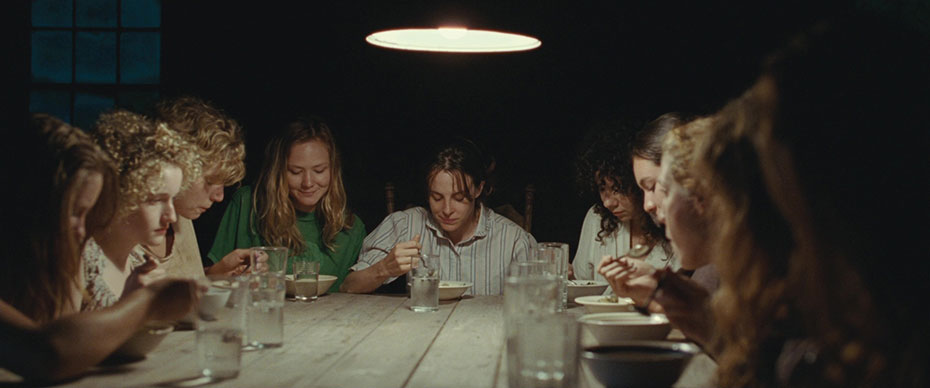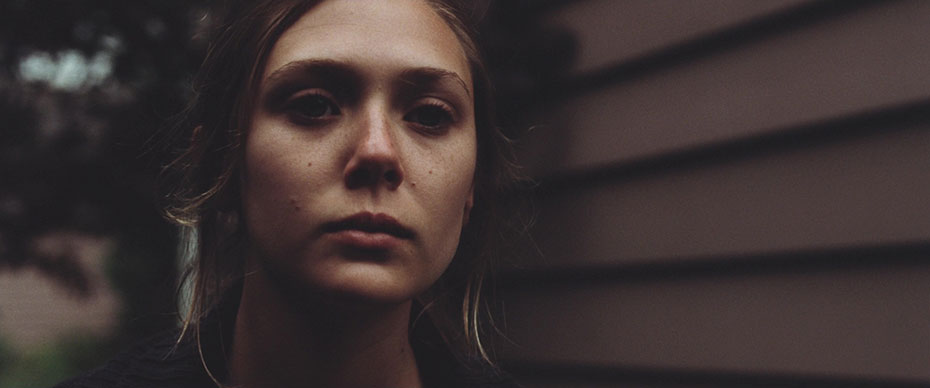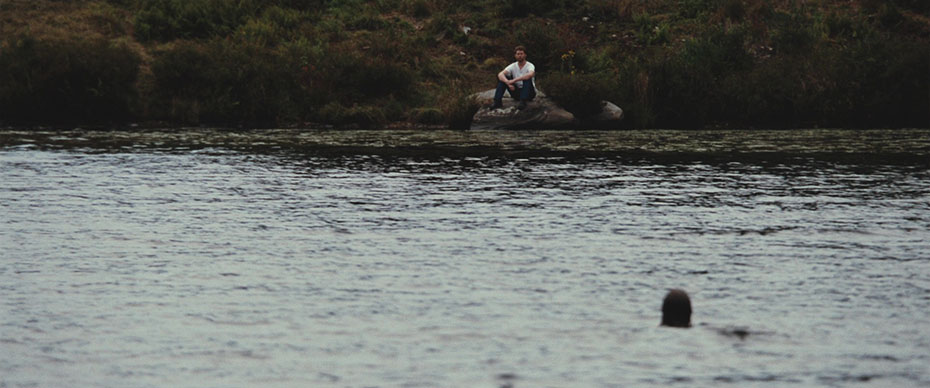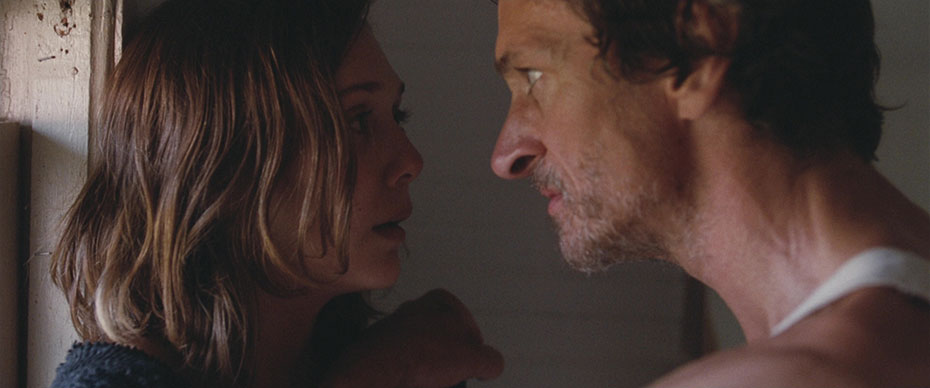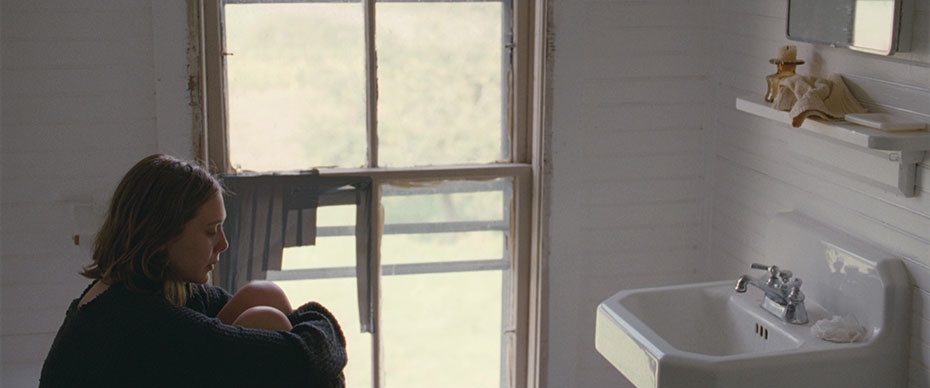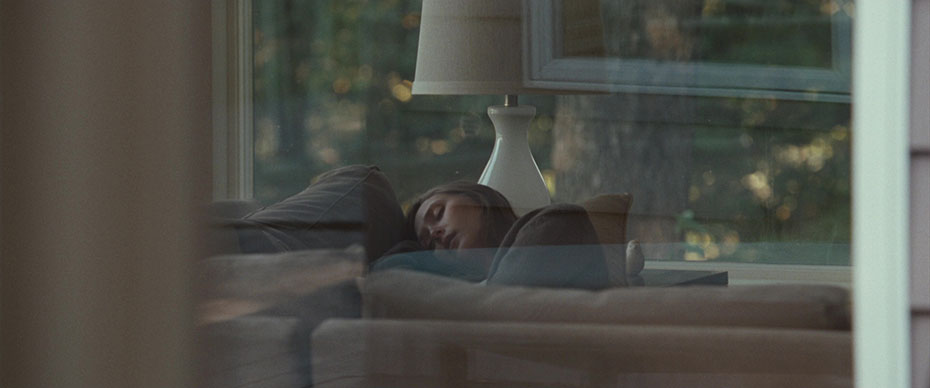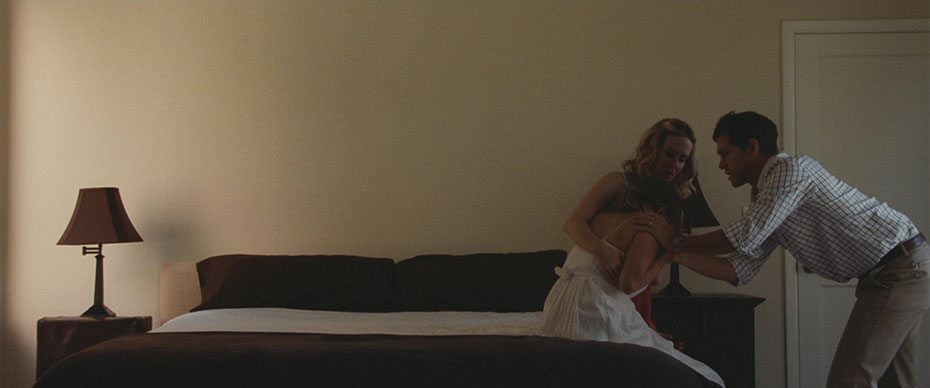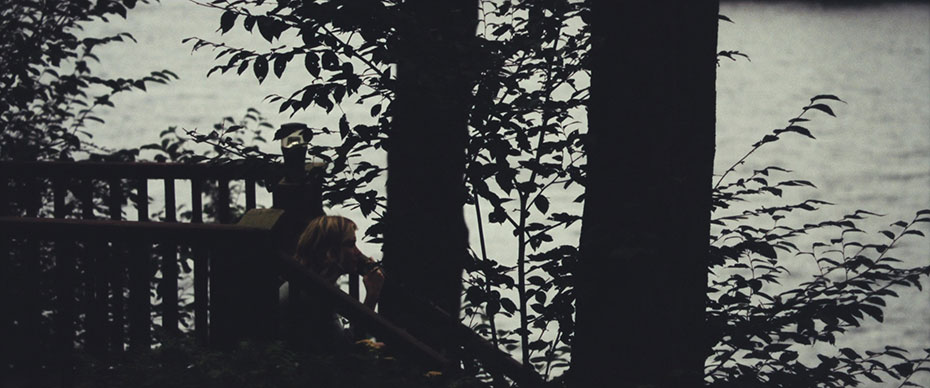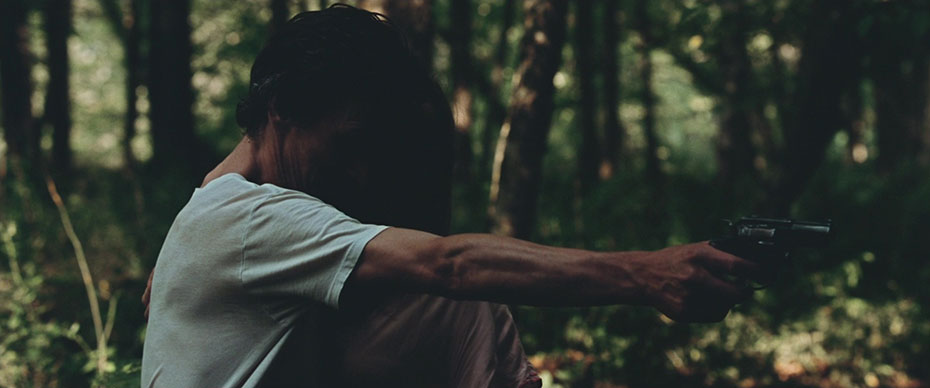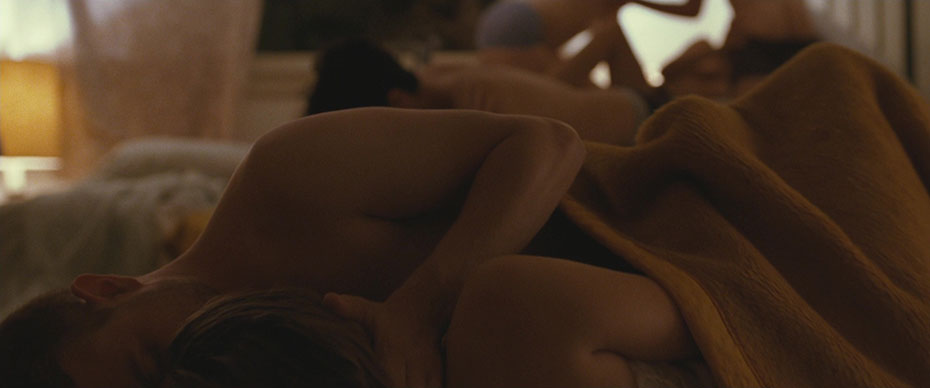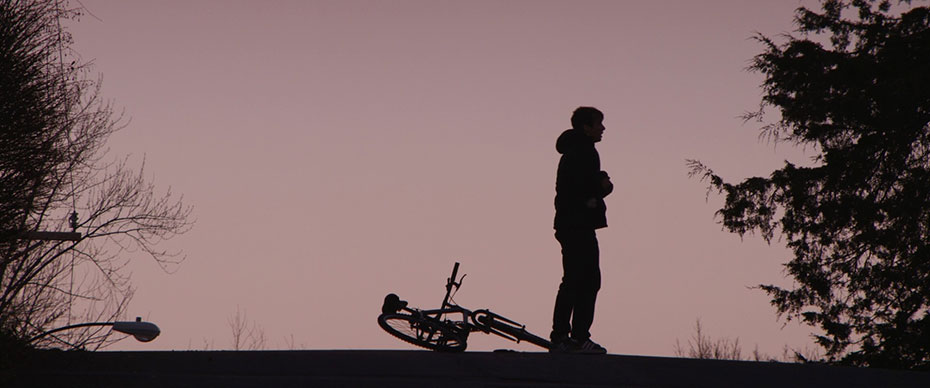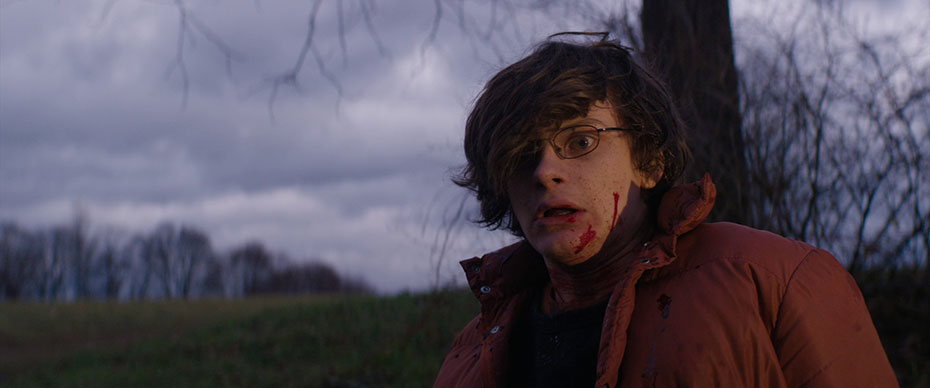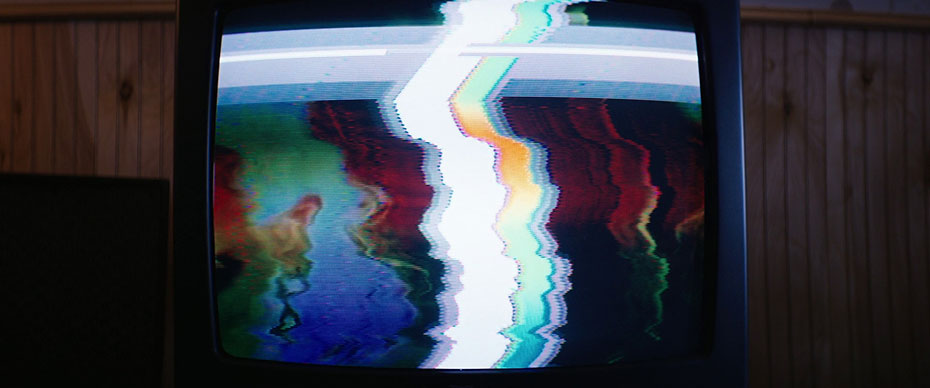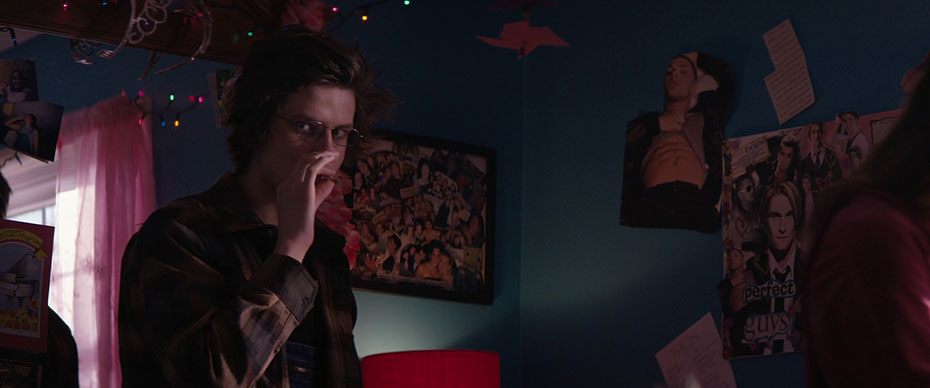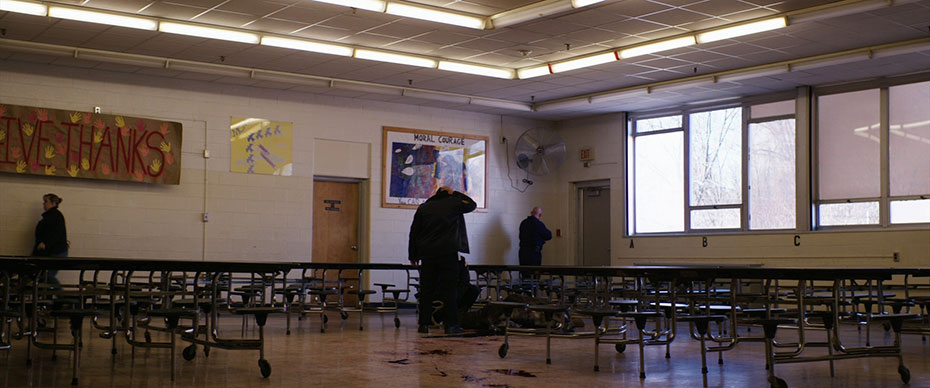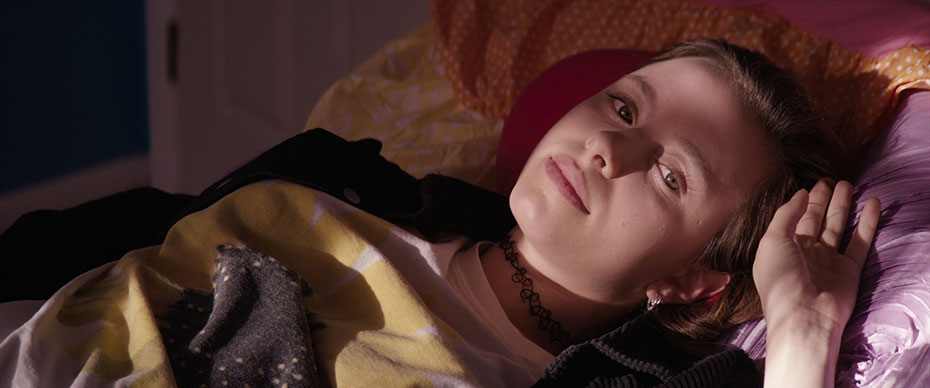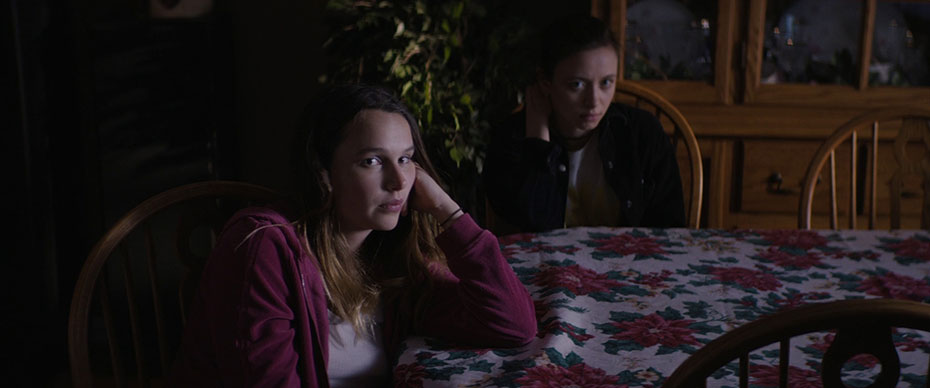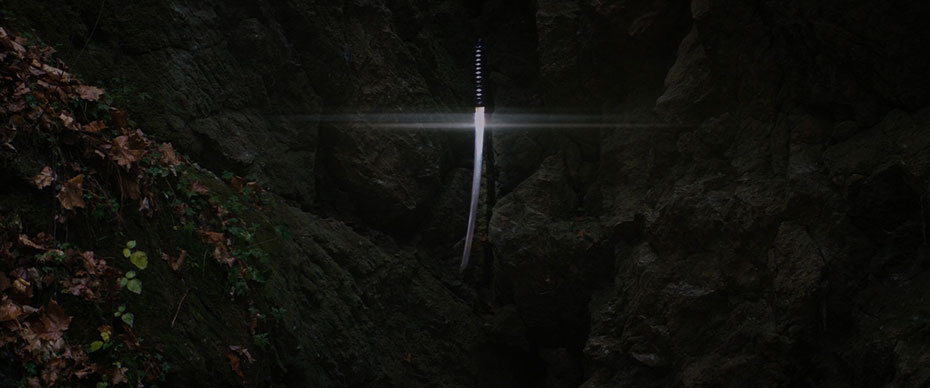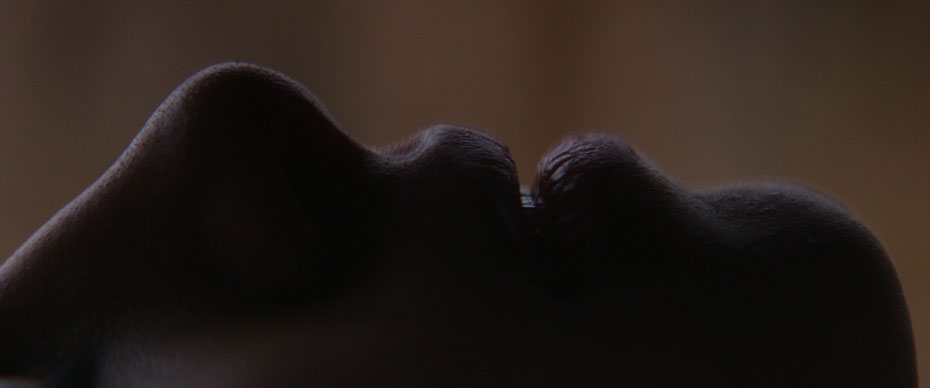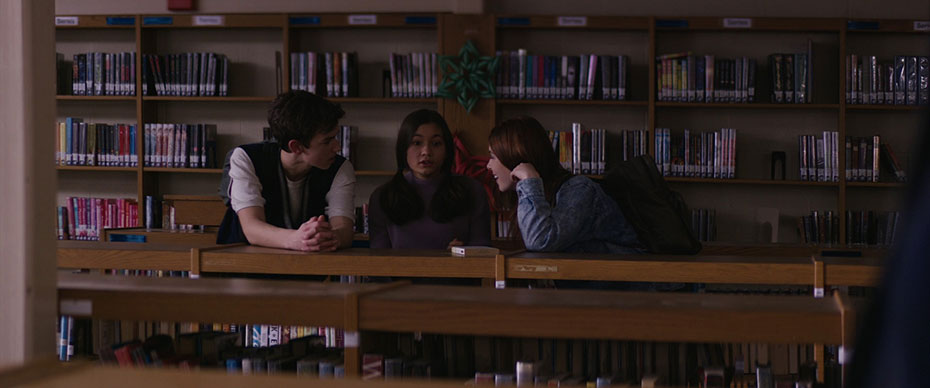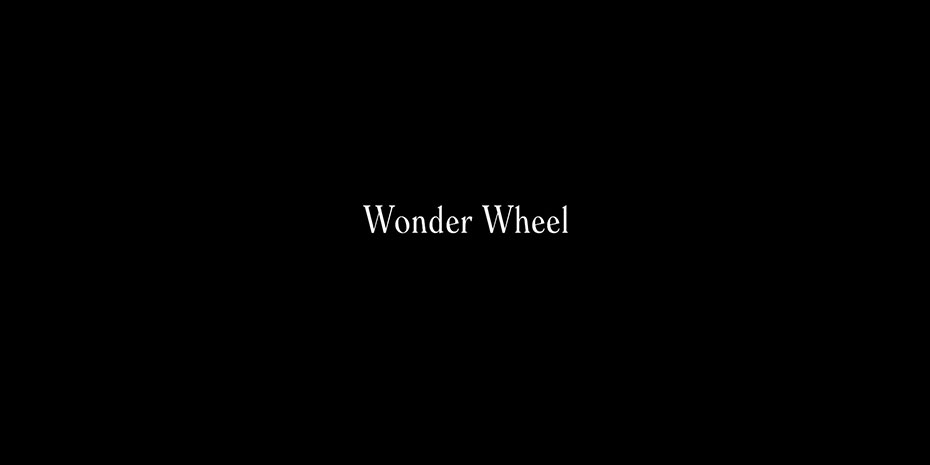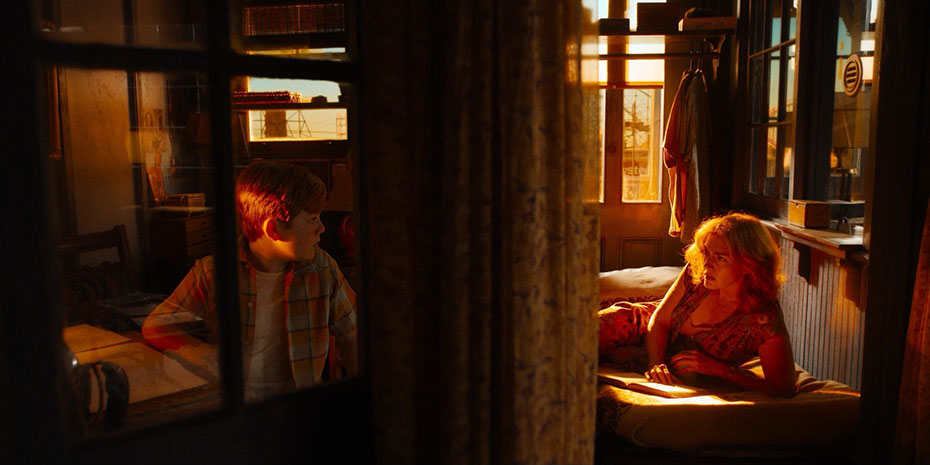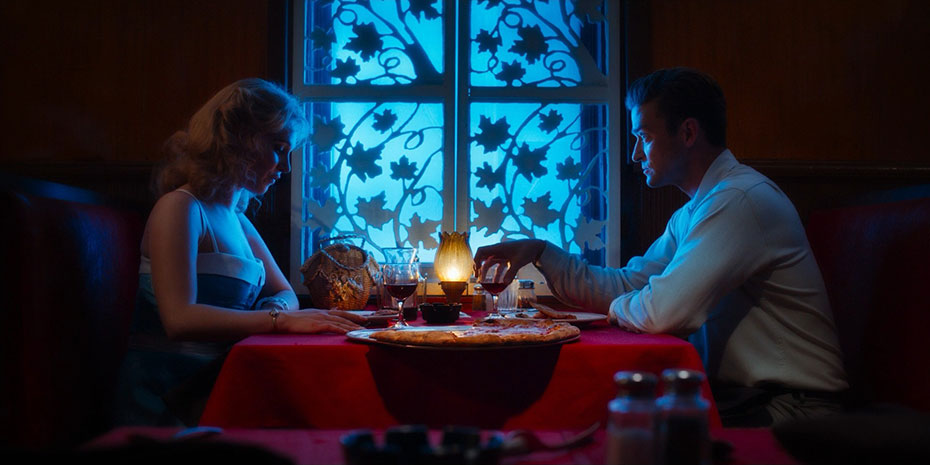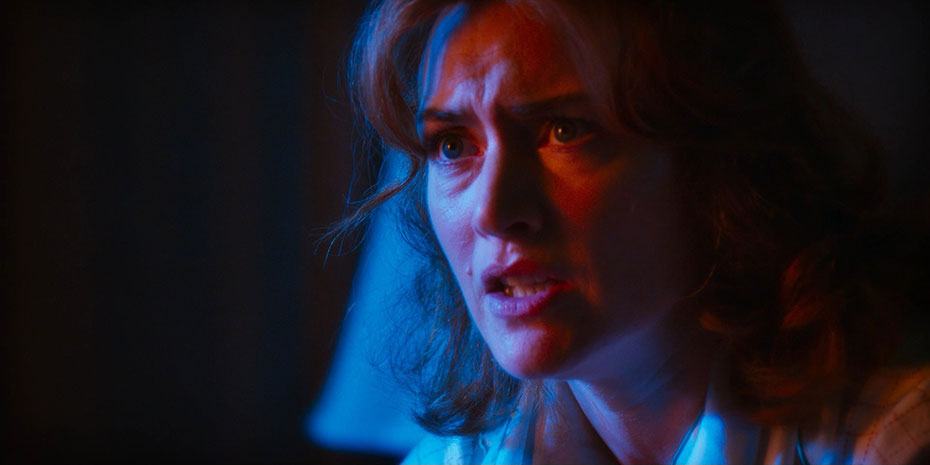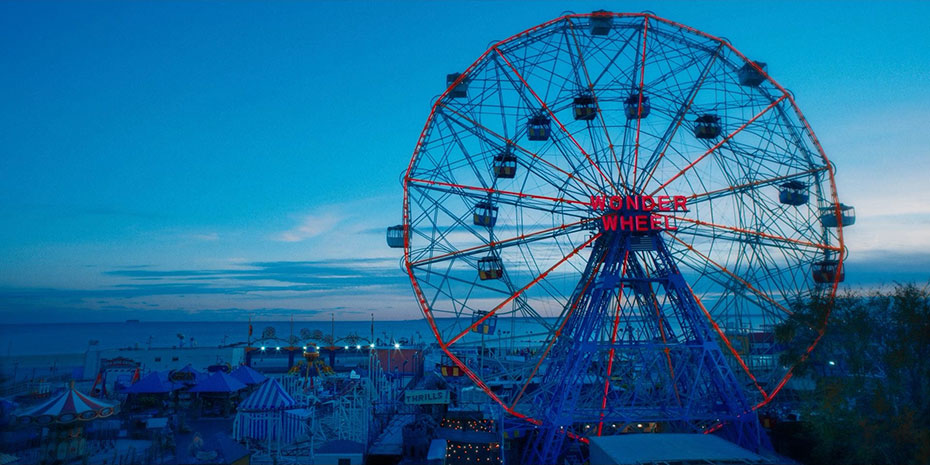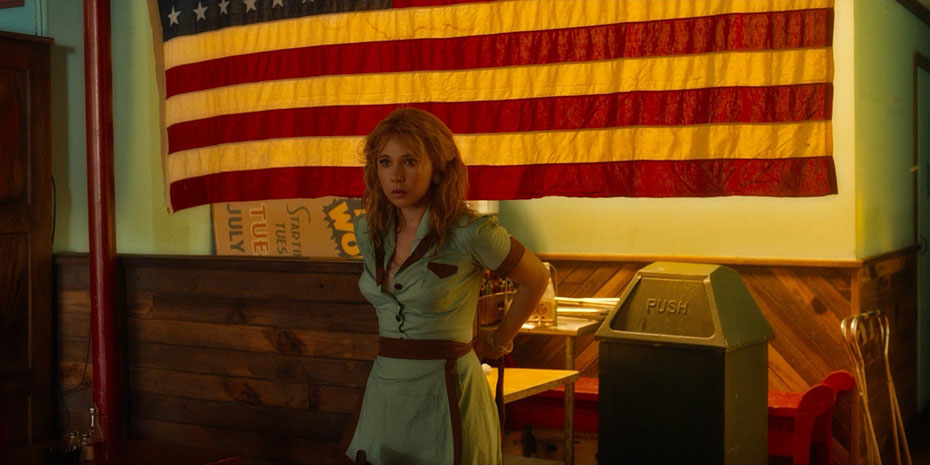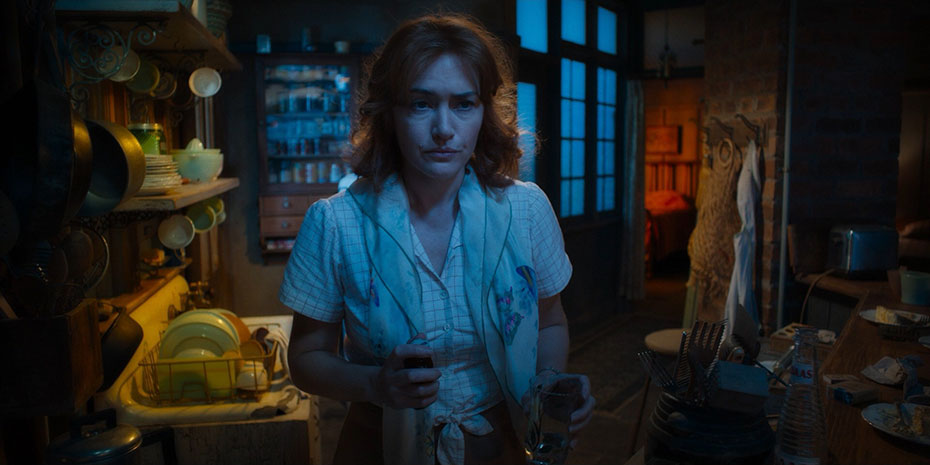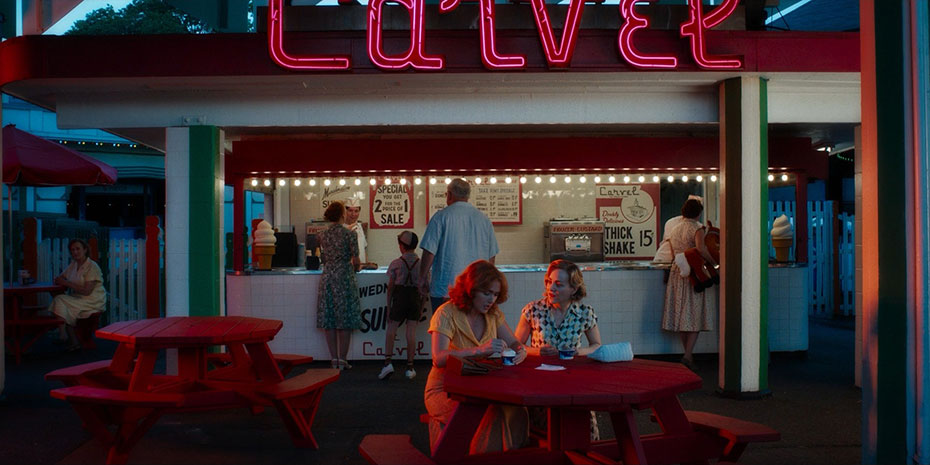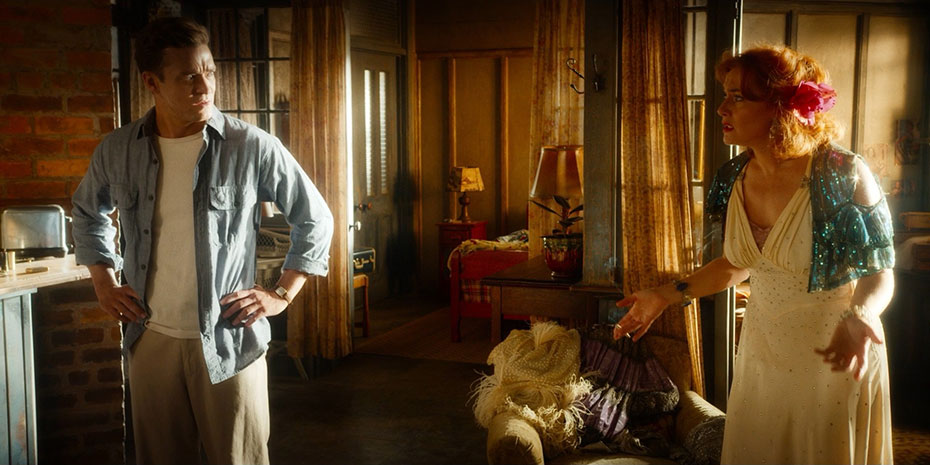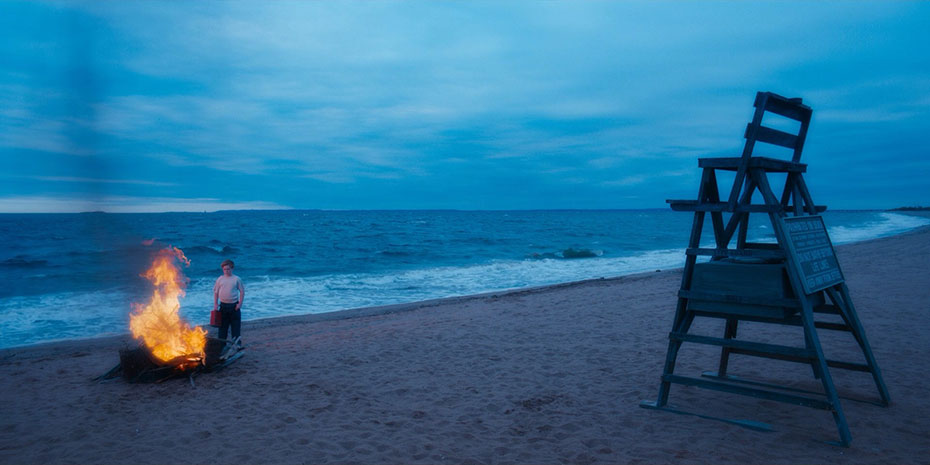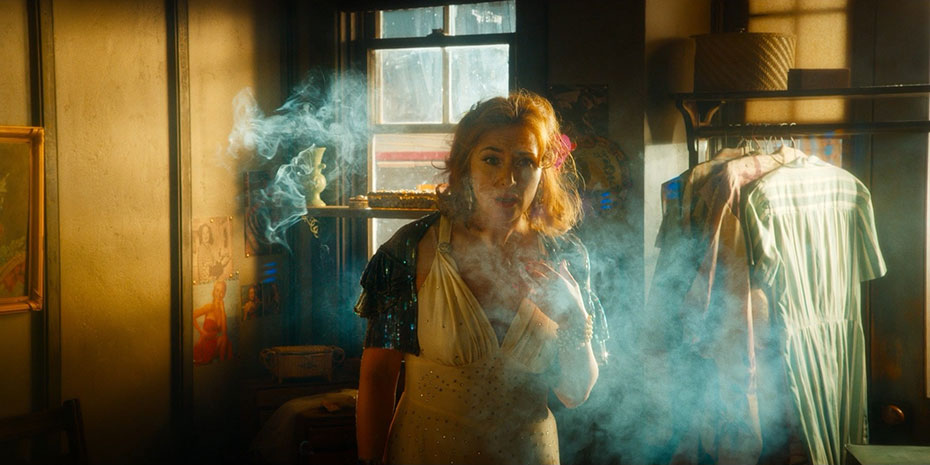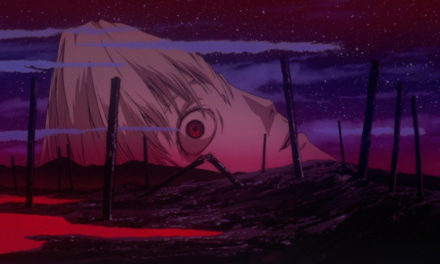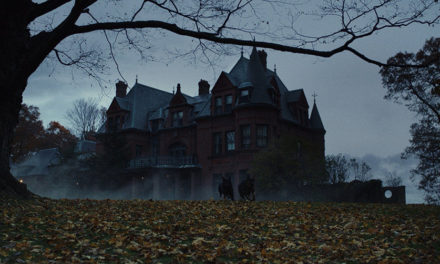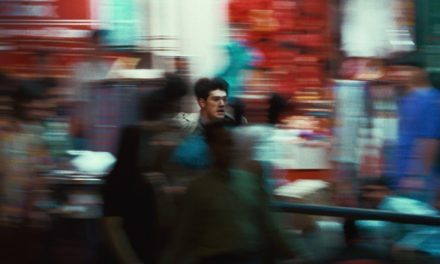THE TUESDAY DROP – 09/07
09.07.21 / New Shots
ERASERHEAD (1977)
David Lynch’s debut feature, ERASERHEAD, is a surrealist horror film starring Jack Nance and Charlotte Stewart and tells the story of a man who is left to care for his heavily deformed child. Lynch also wrote, produced, edited, scored and sound designed the film, which was added to the National Film Registry by the Library of Congress in 2004. Eraserhead spent several years in production due to challenges with financing the film. Eventually, Lynch was able to complete the film with funds from AFI (where he went to graduate school), Jack Fisk (who is in the film) and his wife Sissy Spacek. Lynch worked on the film with cinematographer Fred Elmes, with whom he would go on to have a longstanding collaboration. Herbert Cardwell also contributed cinematography to the film. Eraserhead was shot in black-and-white, and Lynch set out to upend the tropes of the kitchen sink drama and bring his story into the world of the body horror genre. Elmes and Cardwell created a highly textured visual language, with often high-key lighting emphasizing shattered glass, thick liquids and melting skin in this claustrophobic, gripping horror film.
LE BONHEUR (1965)
LE BONHEUR is a 1965 drama directed by Agnés Varda. It stars Jean-Claude Drouot as a man living an apparently happy family life in suburban Paris who starts an affair with a postal worker named Emilie (played by Marie-France Boyer). Le Bonheur won the Jury Grand Prix at the Berlin Film Festival, and has gone on to become one of the most celebrated films of Varda’s career. Varda worked on Le Bonheur with cinematographers Claude Beausoleil and Jean Rabier to develop a subversive visual language that upended the clichés of its setting. Le Bonheur has a deceptively cheerful color palette, and opens on a montage of flowers and foliage in the french countryside. But through repeated close-ups of sunflowers with slightly ragged petals and an aggressive editorial approach, Varda conveys the sense that not all is well in this landscape and employs images conventionally used to relax an audience to now unsettle them. This visual language lies at the heart of the entire film, making it one of the most subversive of the French New Wave and establishing Varda as one of the period’s most significant artists.
THE MUSTANG (2019)
Laure de Clermont-Tonnerre’s directorial debut THE MUSTANG follows a violent convict given the chance to participate in a rehabilitation therapy program centered around the training of wild mustangs. The film stars Matthias Schoenaerts, Bruce Dern, Jason Mitchell and Connie Britton. The Mustang is based on an actual rehabilitation program in Carson City, Nevada, and was filmed on location at the Nevada State Prison in Carson City, just north of the Northern Nevada Correctional Institute where the program takes place. Clermont-Tonnerre worked on The Mustang with Belgian cinematographer Ruben Impens, who at the time was best known for his work on Felix Van Groeningen’s 2018 film Beautiful Boy. Clermont-Tonnerre and Impens sought to create a visual language of contrasts between the character’s lives in prison and their lives in the therapy program with the horses. The camera work accentuates the production design to create a sense of claustrophobia within the prisons, which gives way to striking wide vistas in the outdoor landscape photography.
ONE FLEW OVER THE CUCKOO’S NEST is a psychological comedy-drama directed by Miloš Forman, based on the iconic 1962 novel of the same name by Ken Kesey. The film stars Jack Nicholson as Randle McMurphy, a new patient at a mental institution who butts heads with the head nurse, Nurse Ratched, played by Louise Fletcher. One Flew Over the Cuckoo’s Nest is considered by many to be one of the greatest American films of all time, and it won Academy Awards for Best Picture, Best Director, Best Screenplay, Best Actor and Best Actress. The film was shot by Haskell Wexler and Bill Butler. Forman insisted upon a lighting style that was as non-invasive of the space and the actors as possible, and he wanted Wexler and Butler to work with the gaffer to create a lighting plan that could be turned on with one flip of a switch to begin shooting. Forman also shot all the group therapy sessions with two cameras, in order to give the actors the feeling that they could be on camera at any moment, which enlivened these scenes overall.
TO SLEEP WITH ANGER (1990)
TO SLEEP WITH ANGER is a 1990 drama written and directed by Charles Burnett, and starring Danny Glover and Paul Butler. The film follows a charismatic vagabond named Harry (played by Glover), who pays a visit to his old friend Gideon (Butler) and stirs up trouble for him and his family. To Sleep with Anger was selected for preservation in the National Film Registry by the Library of Congress in 2017. The film was shot by Walt Lloyd, who was best known at the time for his work on Steven Soderbergh’s Sex, Lies & Videotape. Together, Burnett and Lloyd sought to create a quiet, richly detailed visual language that would not distract from the performances of its leads, and that would honestly portray the life of a middle class family in South Central Los Angeles. This nuanced family portrait became an important contribution to the movement that became known as the LA Rebellion, which sought to portray black psychological interiority with a grace, experimentation, and insight not widely seen in American cinema.
THE FLORIDA PROJECT (2017)
Sean Baker’s sixth feature film, THE FLORIDA PROJECT, follows 6-year-old Moonee (played by Brooklynn Prince) and her two best friends as they navigate life living in a cheap motel in the shadow of Florida’s Disney World. The film also stars Bria Vinaite as Halley, Moonee’s mom, and Willem Dafoe as Bobby, the kind-hearted motel manager who helps protect the kids from the harsh realities of the world around them. The Florida Project was nominated for an Academy Award in the Best Supporting Actor category for Dafoe. Baker worked on the film with Mexican cinematographer Alexis Zabe. Baker and Zabe wanted to create a visual language that took its audience inside the experience of Moonnee, and sought to see the world of the film through her eyes – and as a result, aimed to capture the joys of childhood over the difficulty of the characters’ circumstances. Zabe kept the camera low, at the eye level of the children, throughout the film, and pushed the saturation of the 35mm film with which the movie was shot. The only departure from these core cinematography rules were the scenes shot at the end of the film in Disney World, which Baker and Zabe filmed on an iPhone (like Baker’s previous feature, Tangerine) without permission. The tonal departure in the film was mirrored by the visual language, putting a capstone on a film that looked at its characters’ lives in a loving, unique way.
THE BIG SICK (2017)
THE BIG SICK is a 2017 romantic comedy directed by Michael Showalter and written by Kumail Nanjiani and Emily V. Gordon. The film stars Nanjiani and Zoe Kazan as Kumail and Emily (the film is loosely based on the real-life romance between Nanjiani and Gordon), a couple who must deal with their cultural differences after Emily falls ill. Nanjiani and Gordon started writing the film after Nanjiani met with producer Judd Apatow, who saw the potential in the true story it was based on. The Big Sick was nominated for an Academy Award for Best Original Screenplay. Showalter worked with cinematographer Brian Burgoyne on The Big Sick. Burgoyne had previously worked on projects such as Crashing, Hello My Name is Doris and Smilf. Burgoyne and Showalter were interested in developing a visual language that would separate itself from the tropes of American romantic comedies, and lean into the unique cultural and personal circumstances of Nanjiani and Gordon’s story. Burgoyne wanted to light and shoot the film with realism, but wanted to do enough to slightly elevate the look of the all-black walls of the comedy club, or the sterile palette of the hospital room. Working with colorist Alex Bickel, Burgoyne was able to craft a look for The Big Sick that was based in reality, but sculpted light in a way that allowed the audience to stay in Kumail’s perspective and understand his emotional state over the course of the film.
MARTHA MARCY MAY MARLENE (2011)
MARTHA MARCY MAY MARLENE is a drama-thriller written and directed by Sean Durkin, and starring Elizabeth Olsen, John Hawkes, Sarah Paulson and Hugh Dancy. The film follows a young woman suffering from delusions and paranoia after returning to her family from an abusive cult in New York’s Catskill Mountains. Martha Marcy May Marlene won the Dramatic Directing Award at the Sundance Film Festival, and screened in the Un Certain Regard section of the 2011 Cannes Film Festival. Durkin worked on the film with American cinematographer Jody Lee Lipes, who was best known at the time for his work on Lena Dunham’s Tiny Furniture. Durkin and Lipes had worked together at NYU on the short Mary Last Seen, which Martha Marcy May Marlene was based on. They wanted Martha Marcy May Marlene to have a kind of “worn in” texture that evoked the farm where they shot and the coldness of the film’s emotional tone. Lipes developed a shooting style that relied on underexposing the movie, creating a visual language that worked in step with the characters’ emotional journeys.
SUPER DARK TIMES (2017)
Kevin Phillips’s debut feature film, SUPER DARK TIMES, is a psychological thriller starring Owen Campbell, Charlie Tahan and Elizabeth Cappuccino. The film follows teenagers Zach (Campbell) and Josh (Tahan), who have been best friends their whole lives – until a gruesome accident and cover-up drives a wedge between them and sends them into a circle of paranoia and violence. Super Dark Times was nominated for a Saturn Award for Best Independent Film. Phillips worked with cinematographer Eli Born to blend the 90’s period setting with traditional conventions of indie filmmaking and suspense thrillers. With a nod to its “kids on bikes” predecessors such as Super 8 and It, Phillips and Born created a visual language that was slow and meditative, building a sense of suspense and dread from the opening scene of a deer dying in a school classroom through to the end of the film.
WONDER WHEEL (2017)
WONDER WHEEL is a 2017 period drama written and directed by Woody Allen and starring Kate Winslet, Jim Belushi, Juno Temple and Justin Timberlake. Set in the early 50’s at an amusement park on Coney Island, the film follows the intertwining lives of the second wife and the estranged daughter of a carousel operator who both pursue affairs with a lifeguard. Wonder Wheel was the closing night selection of the New York Film Festival. Allen worked on the film with Italian cinematographer Vittorio Storaro, who he had collaborated with on Café Society. Storaro was known for his work on films such as The Conformist, Apocalypse Now, The Last Emperor and Dick Tracy. Using the art of Normal Rockwell and Reginald Marsh as an inspiration, Storaro created a look for the film full of bold, saturated colors that populated strong compositions with bright reds, blues and greens. The result is a film that is experimenting with digital photography in a bold and vibrant manner, giving new possibilities for how to conceive of period film cinematography.

